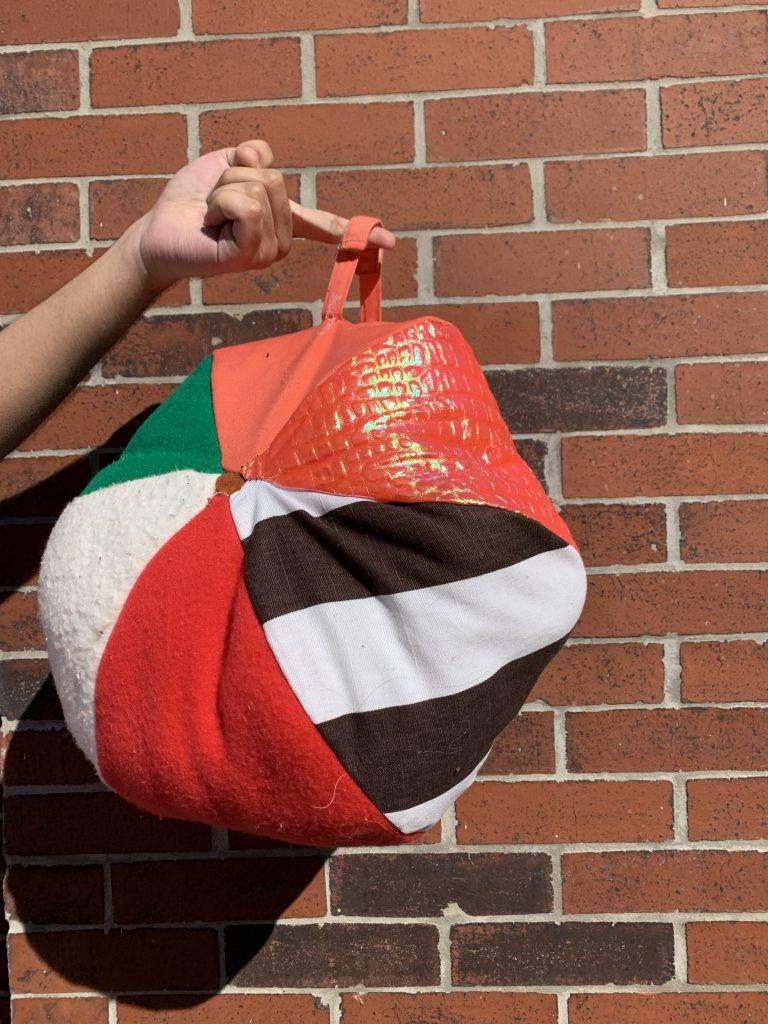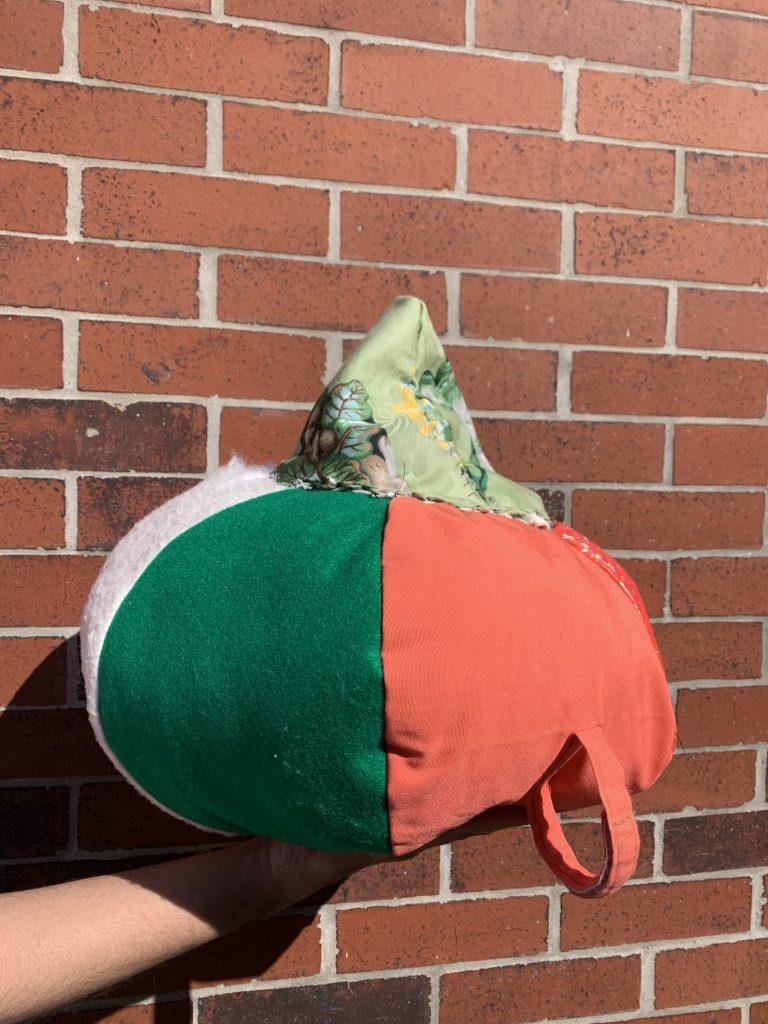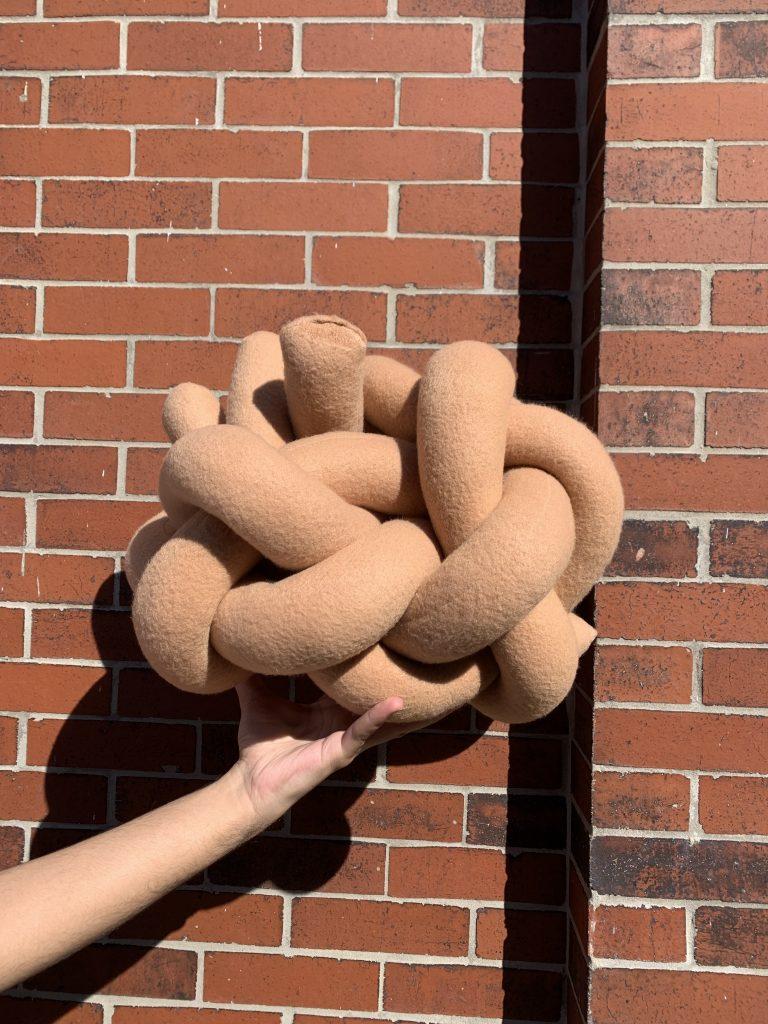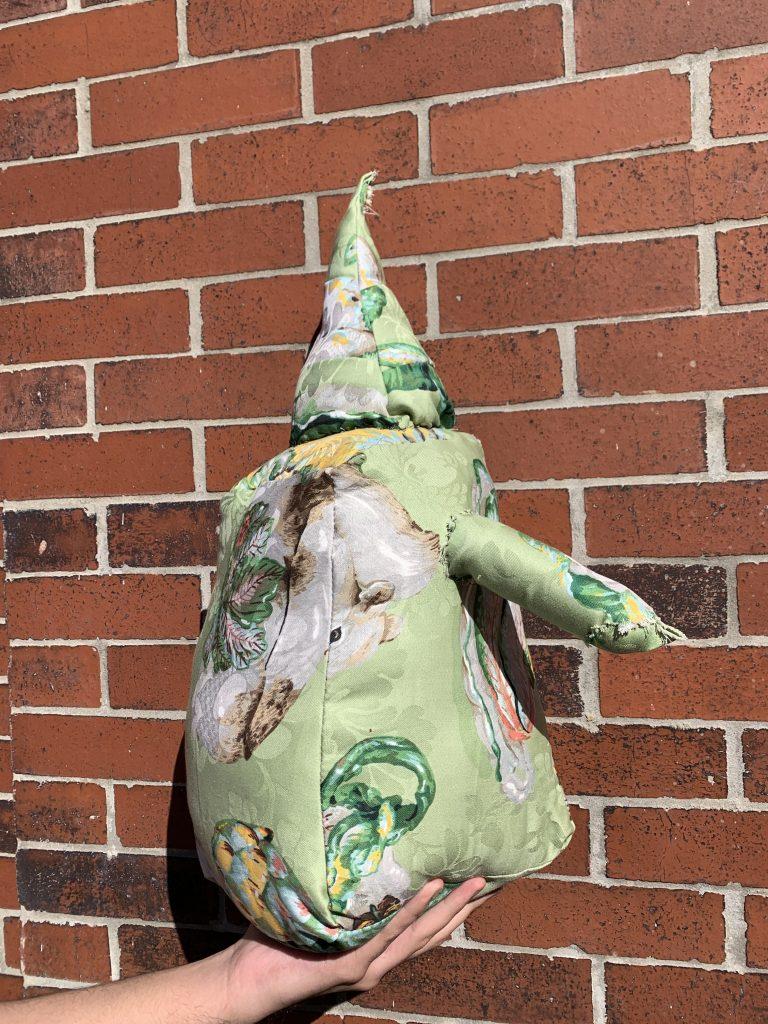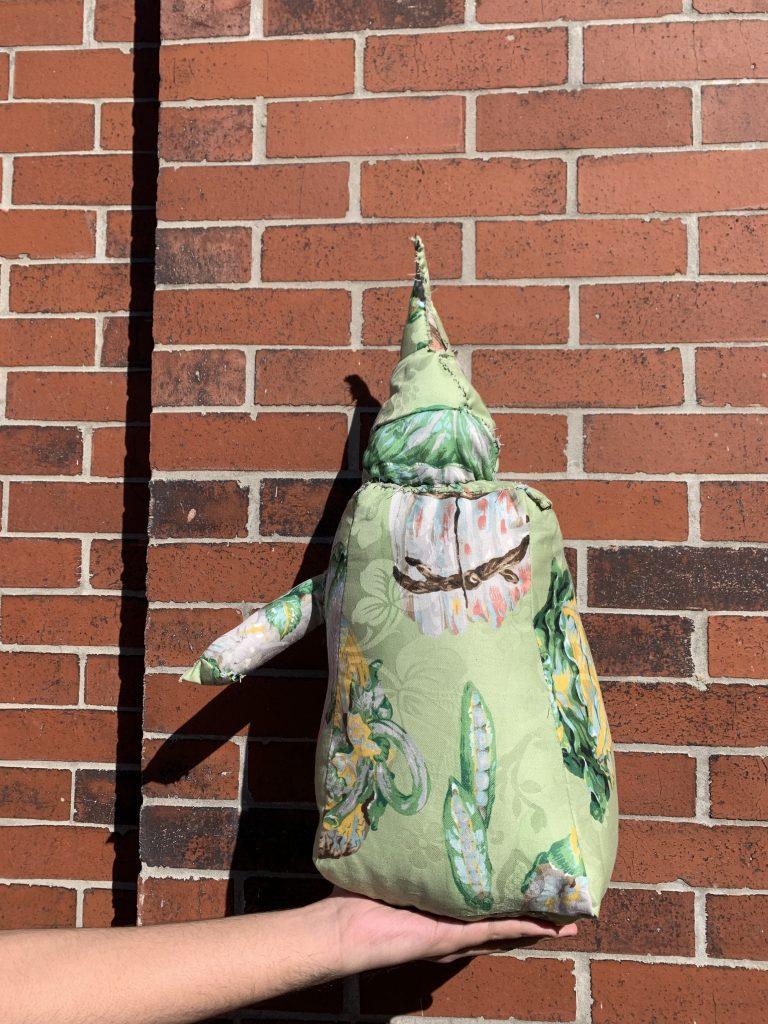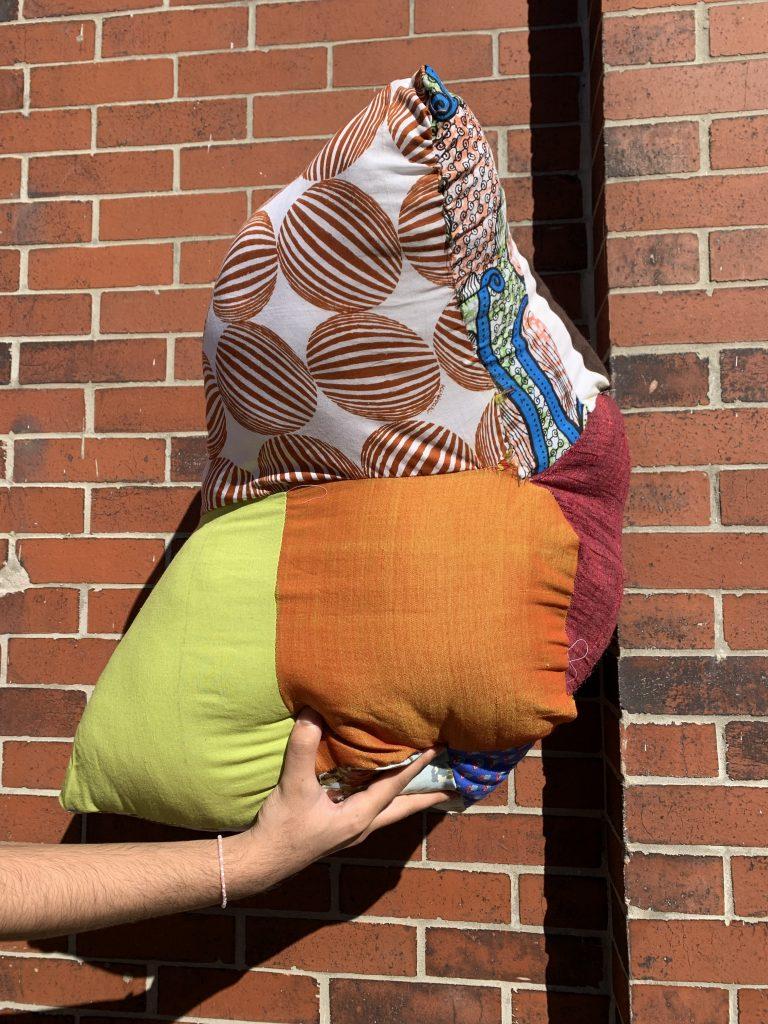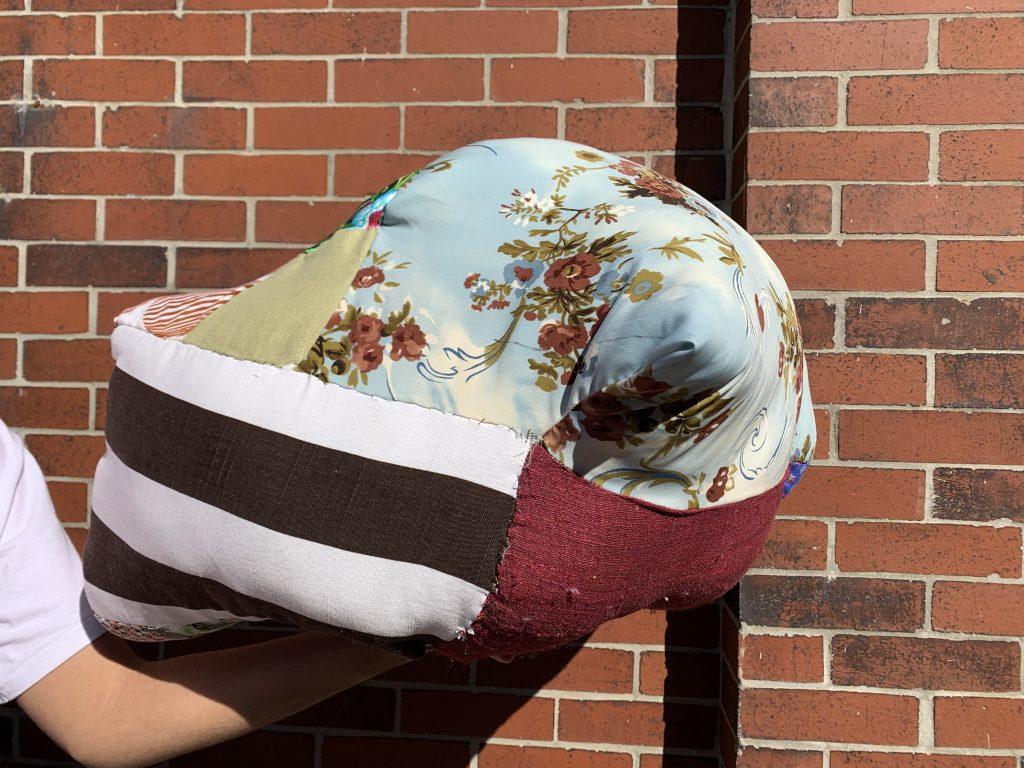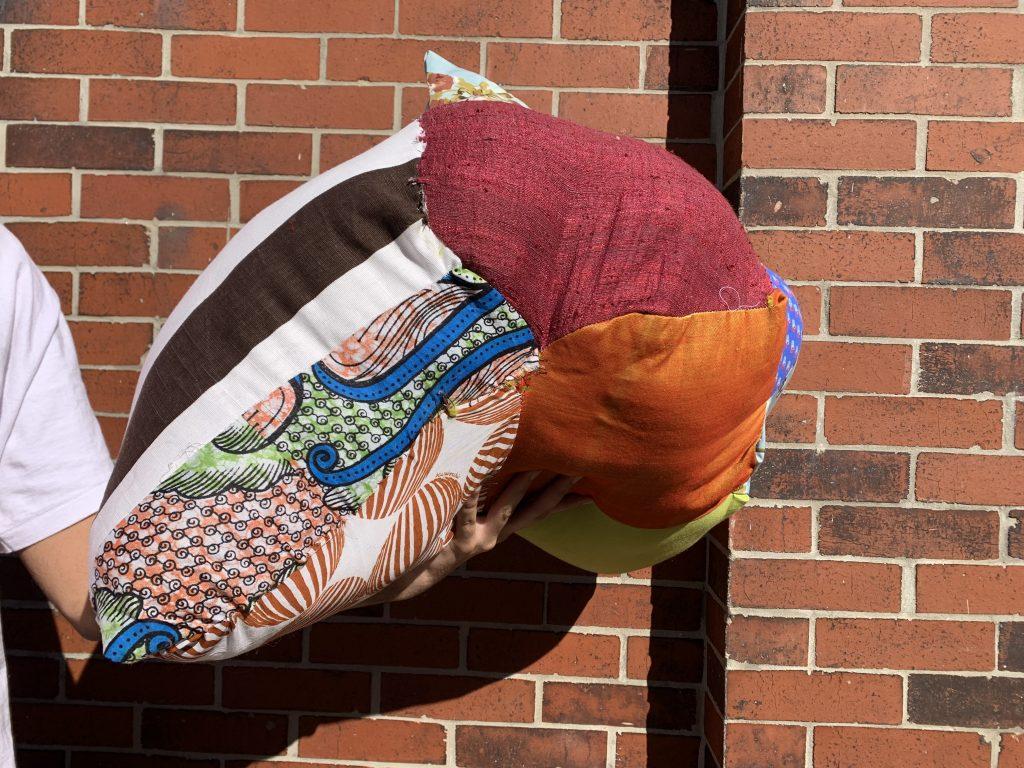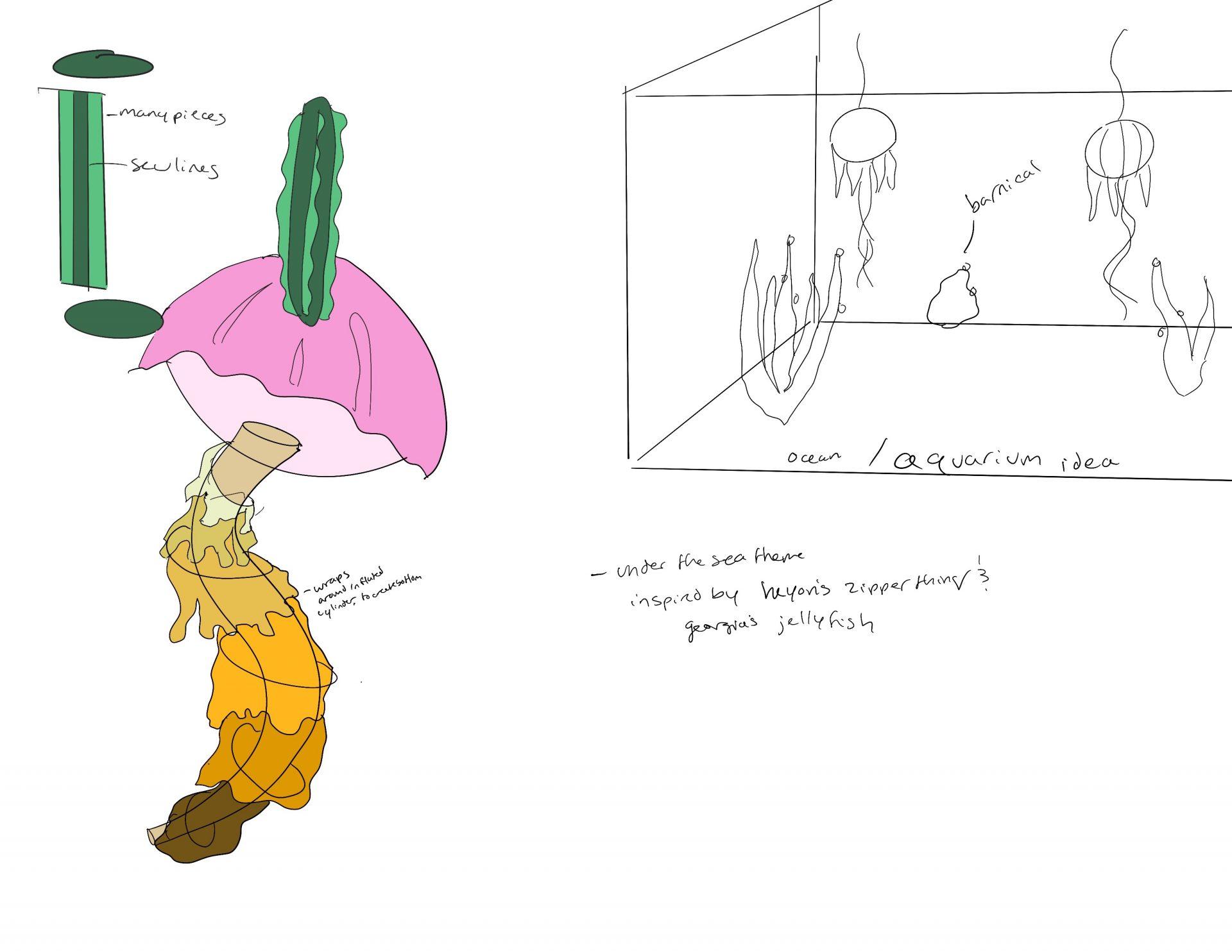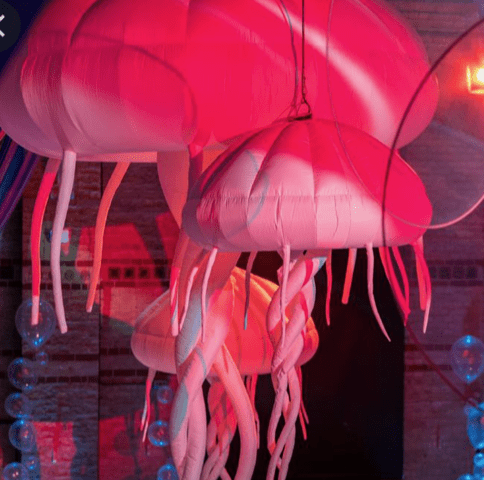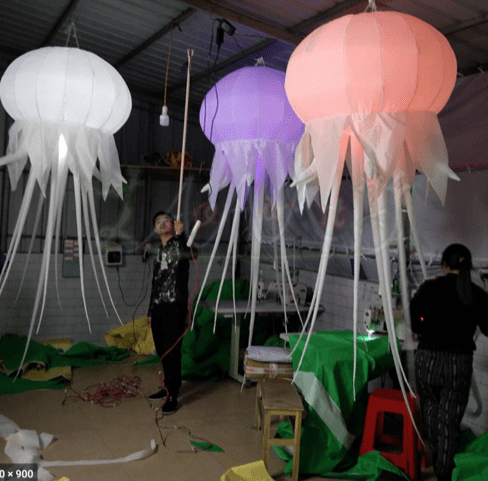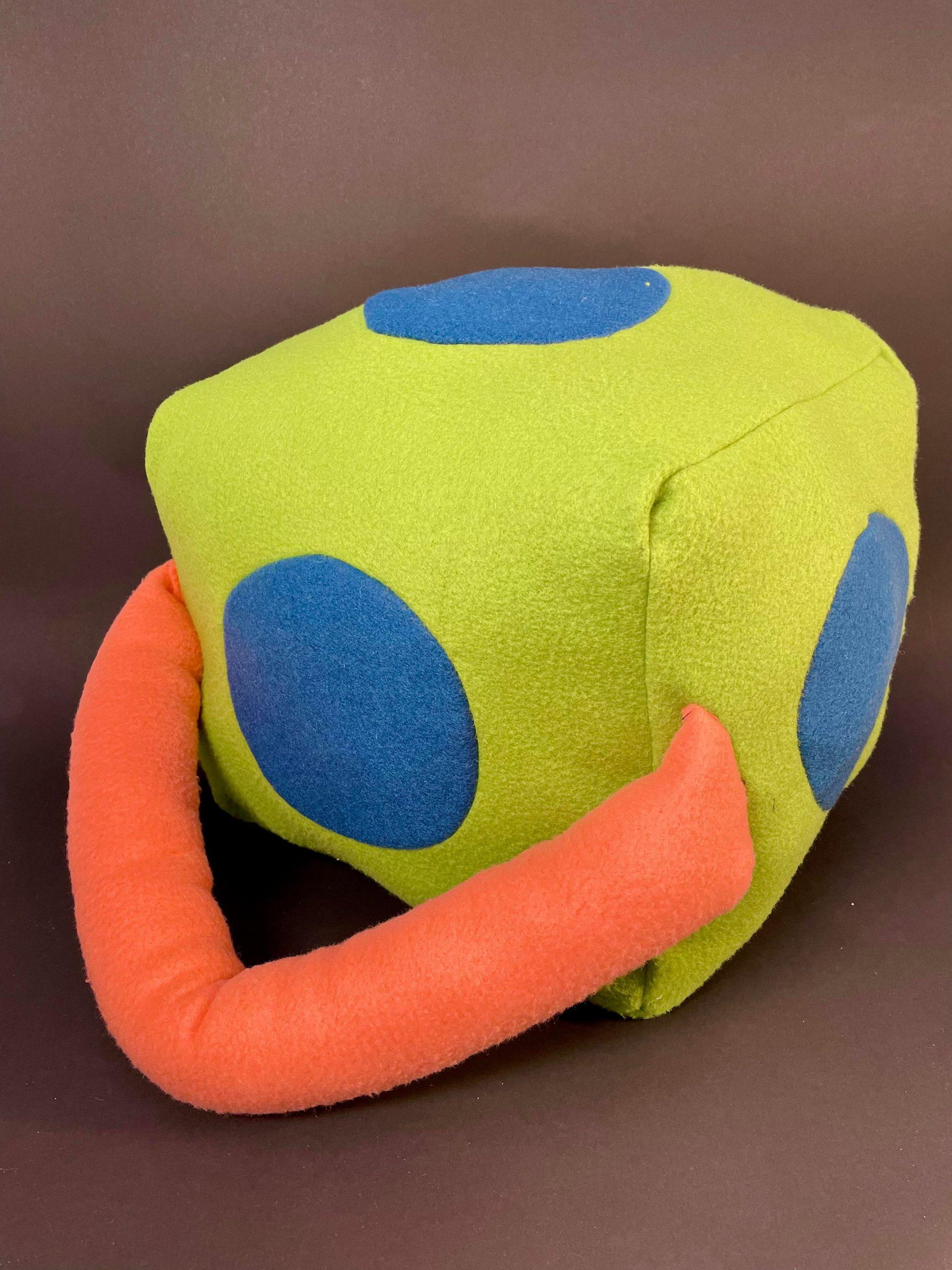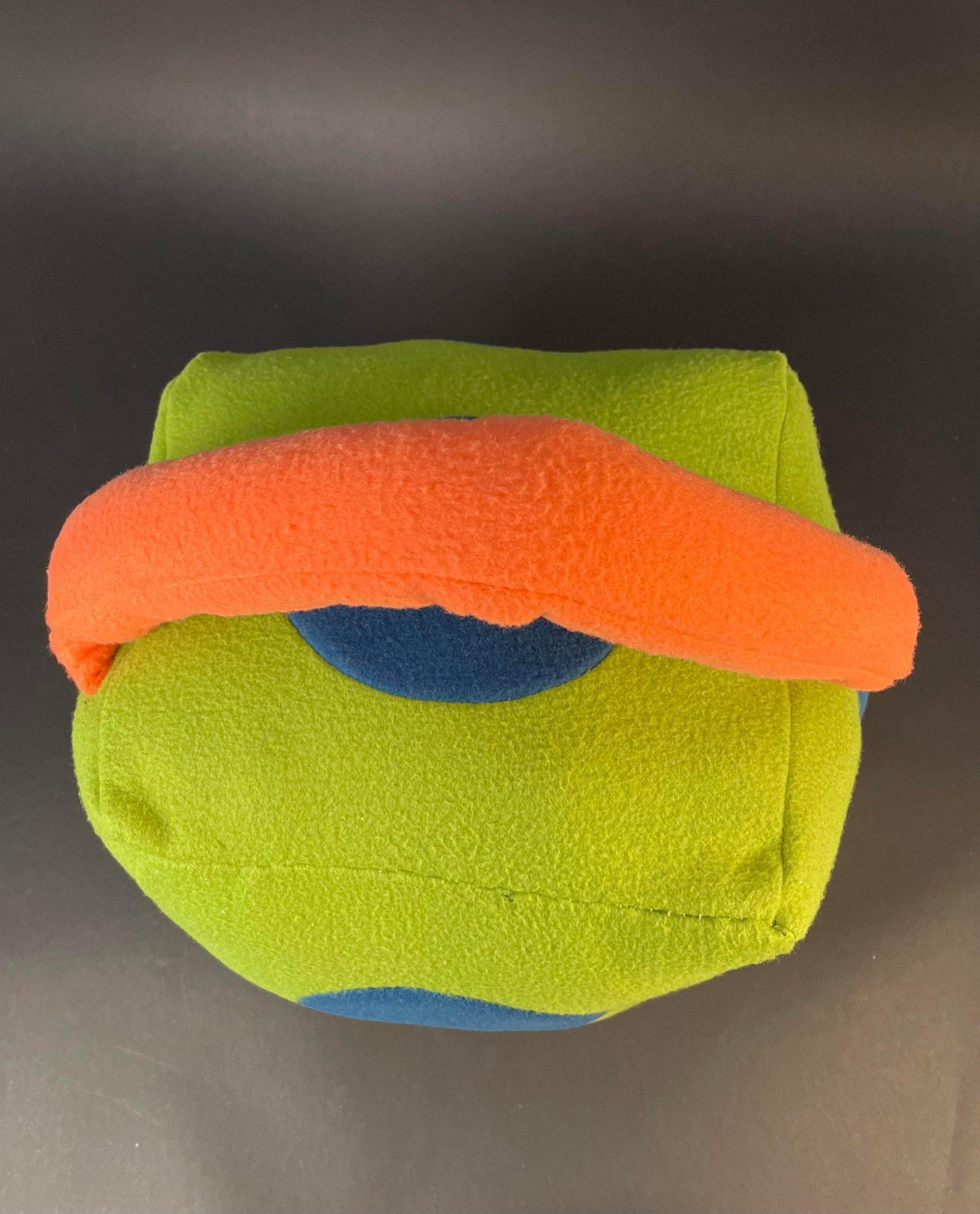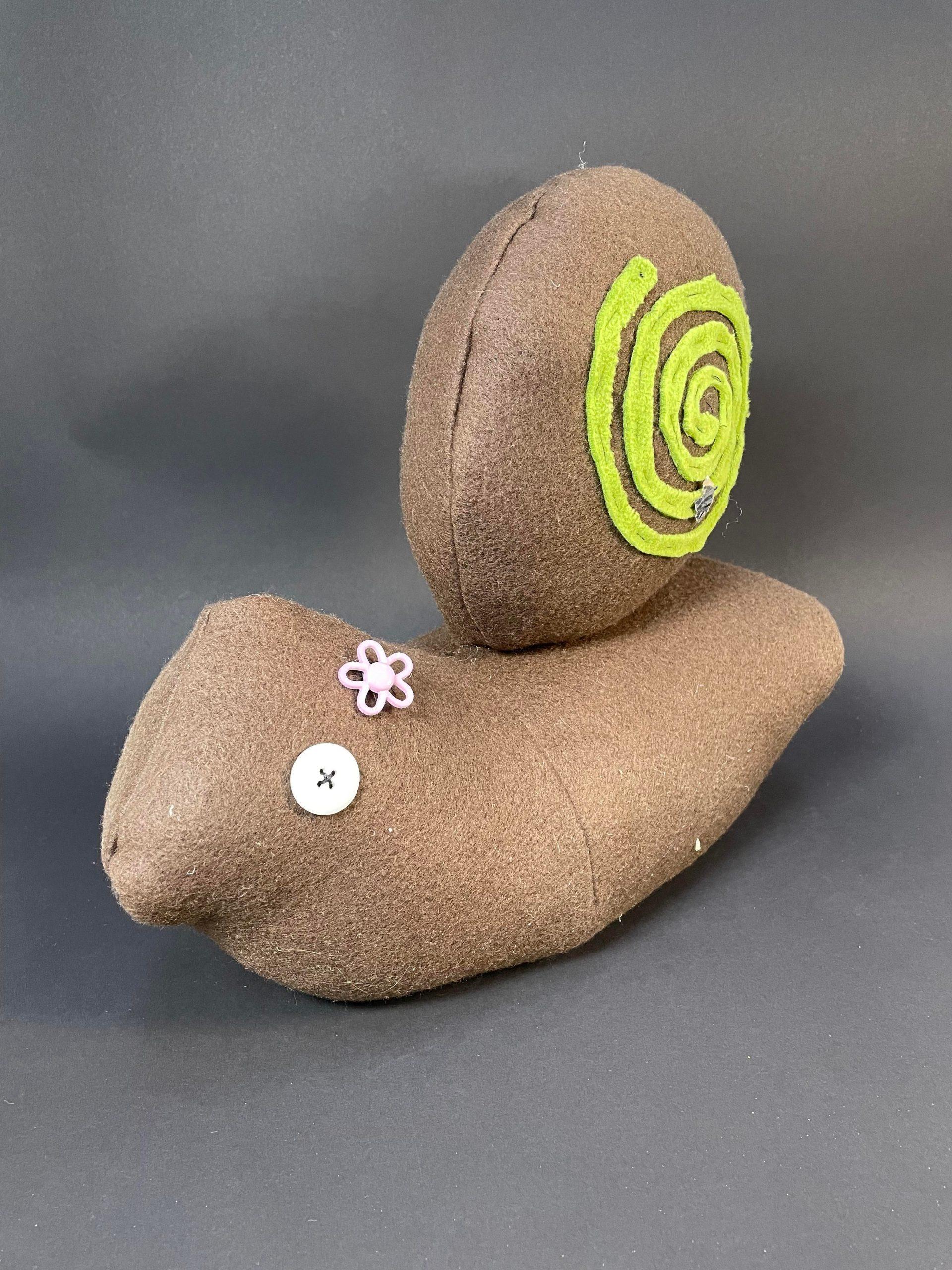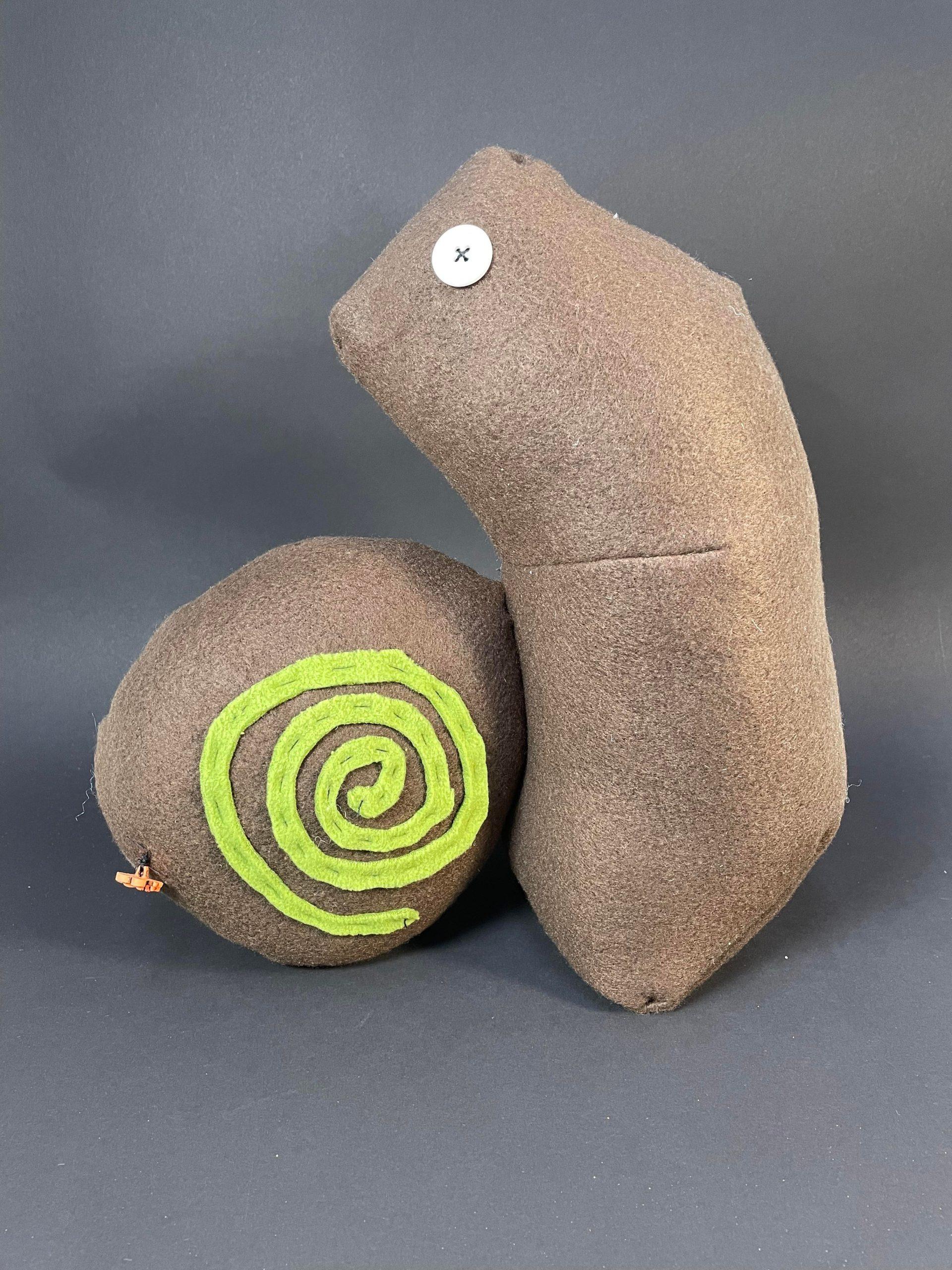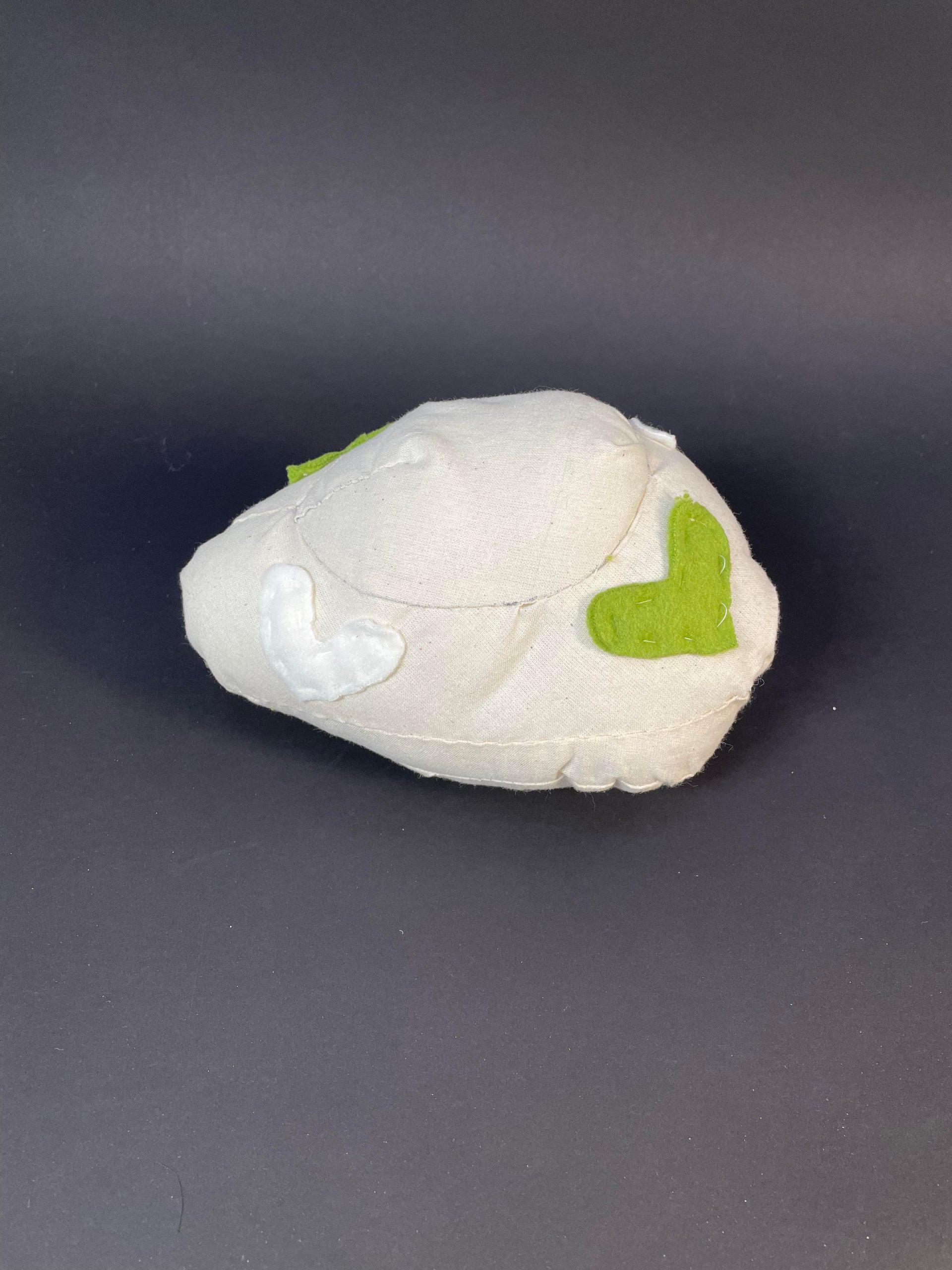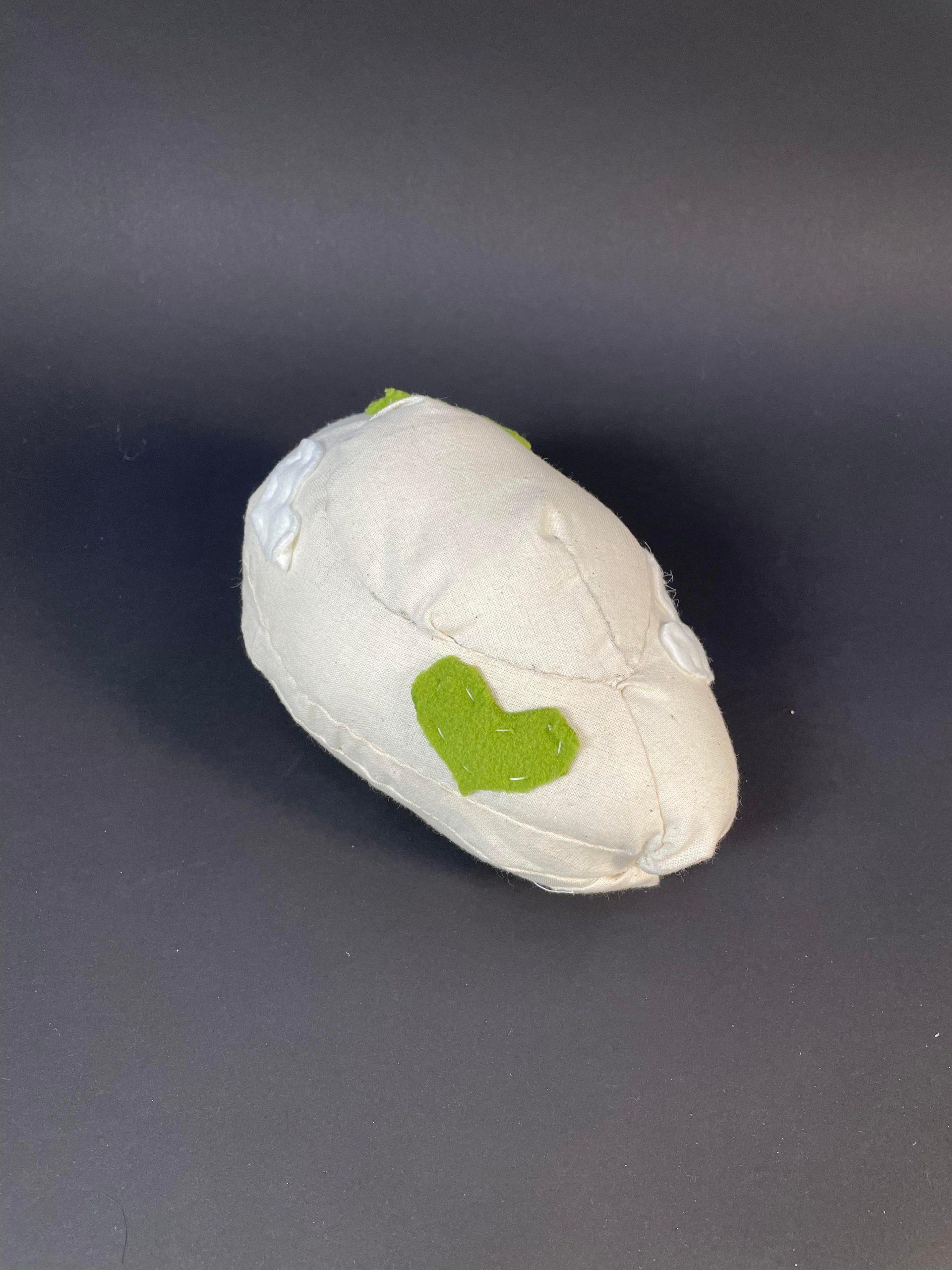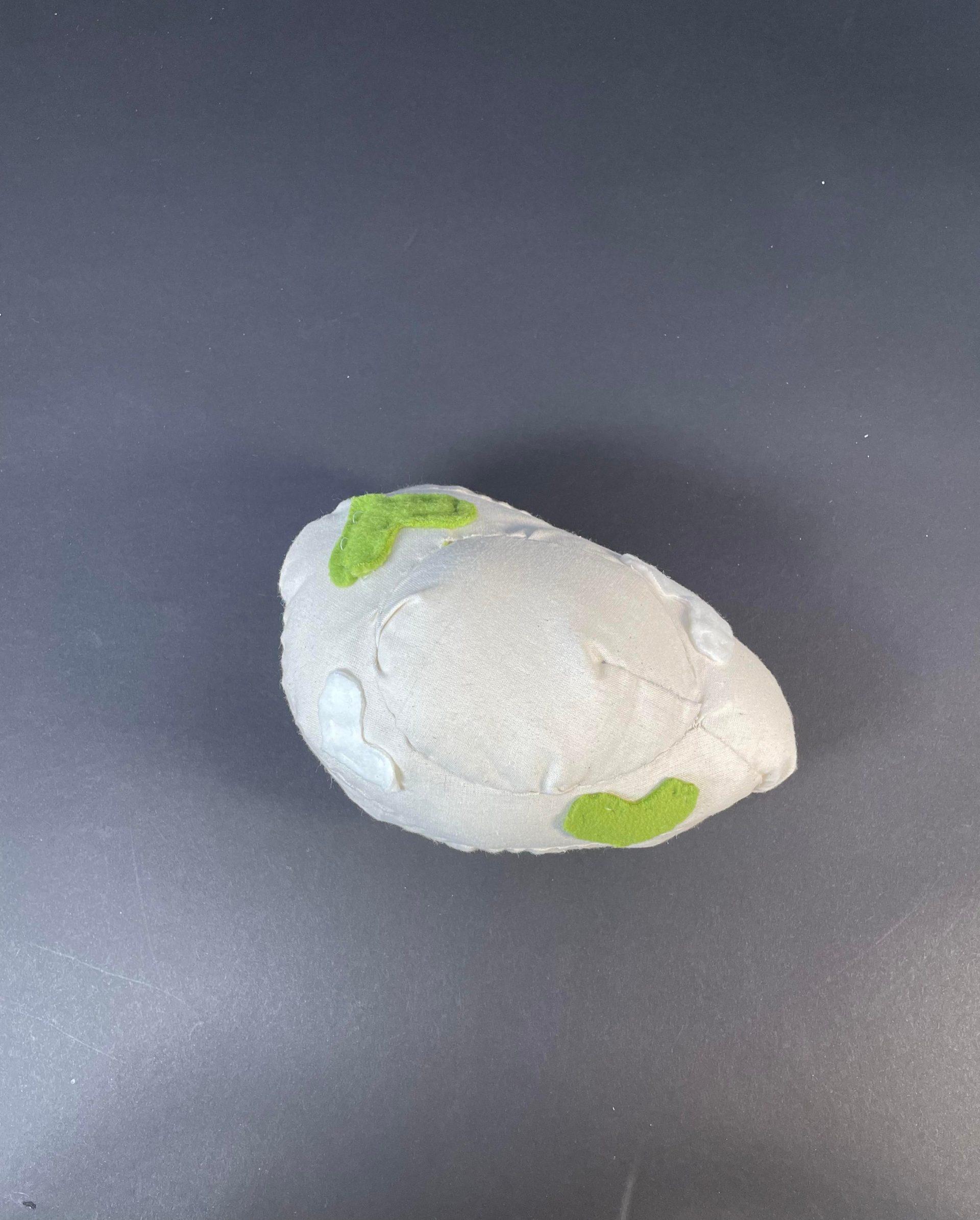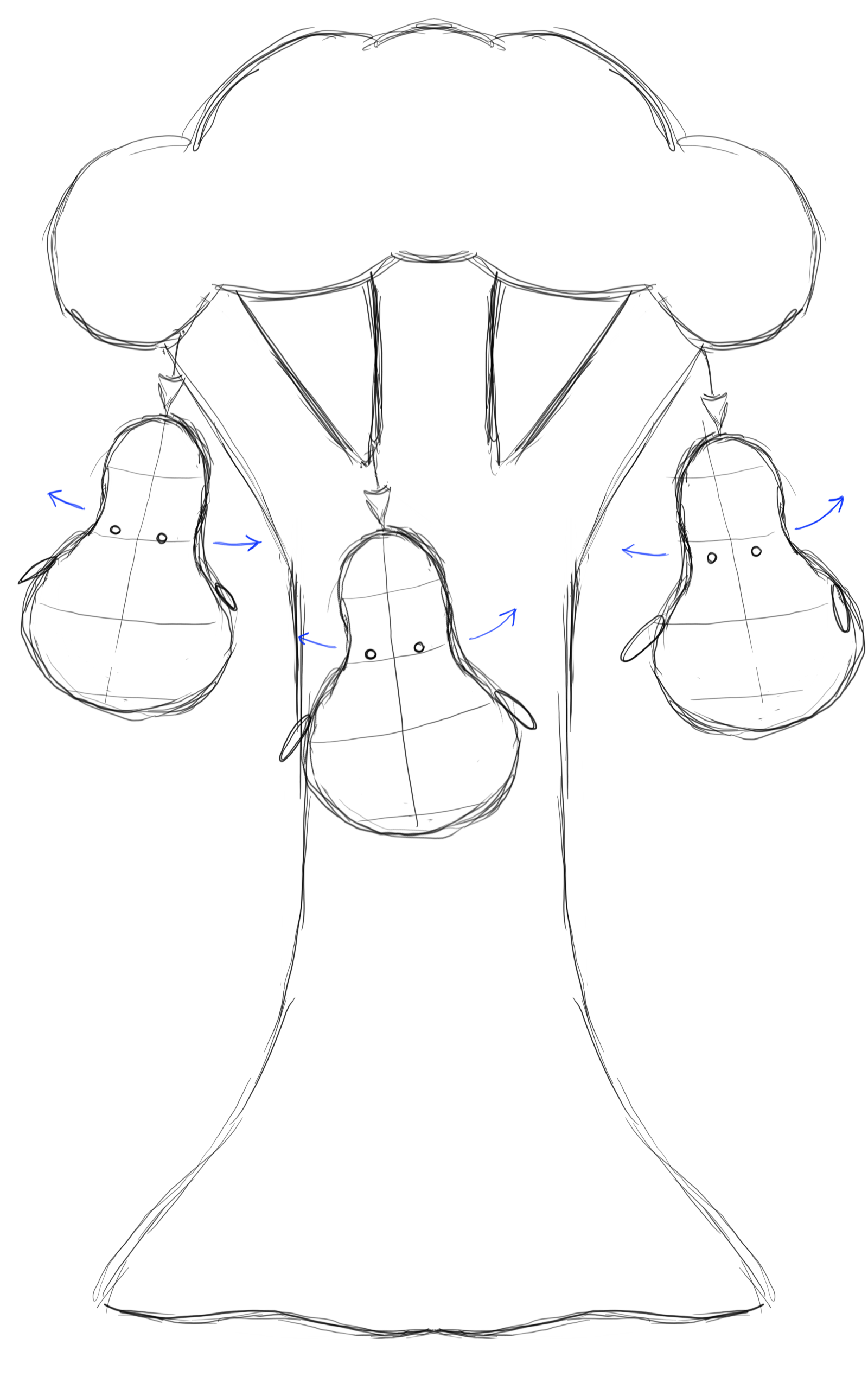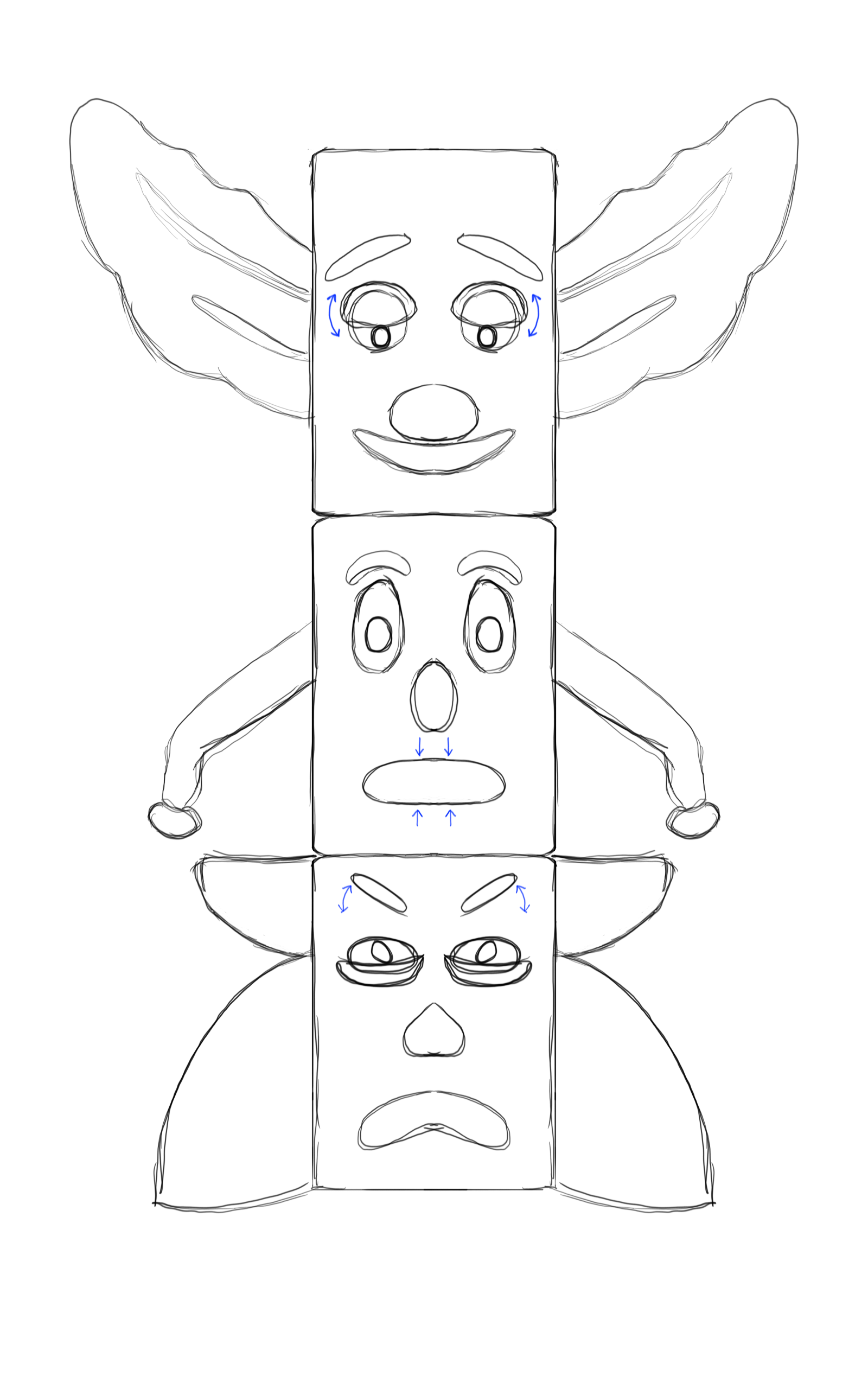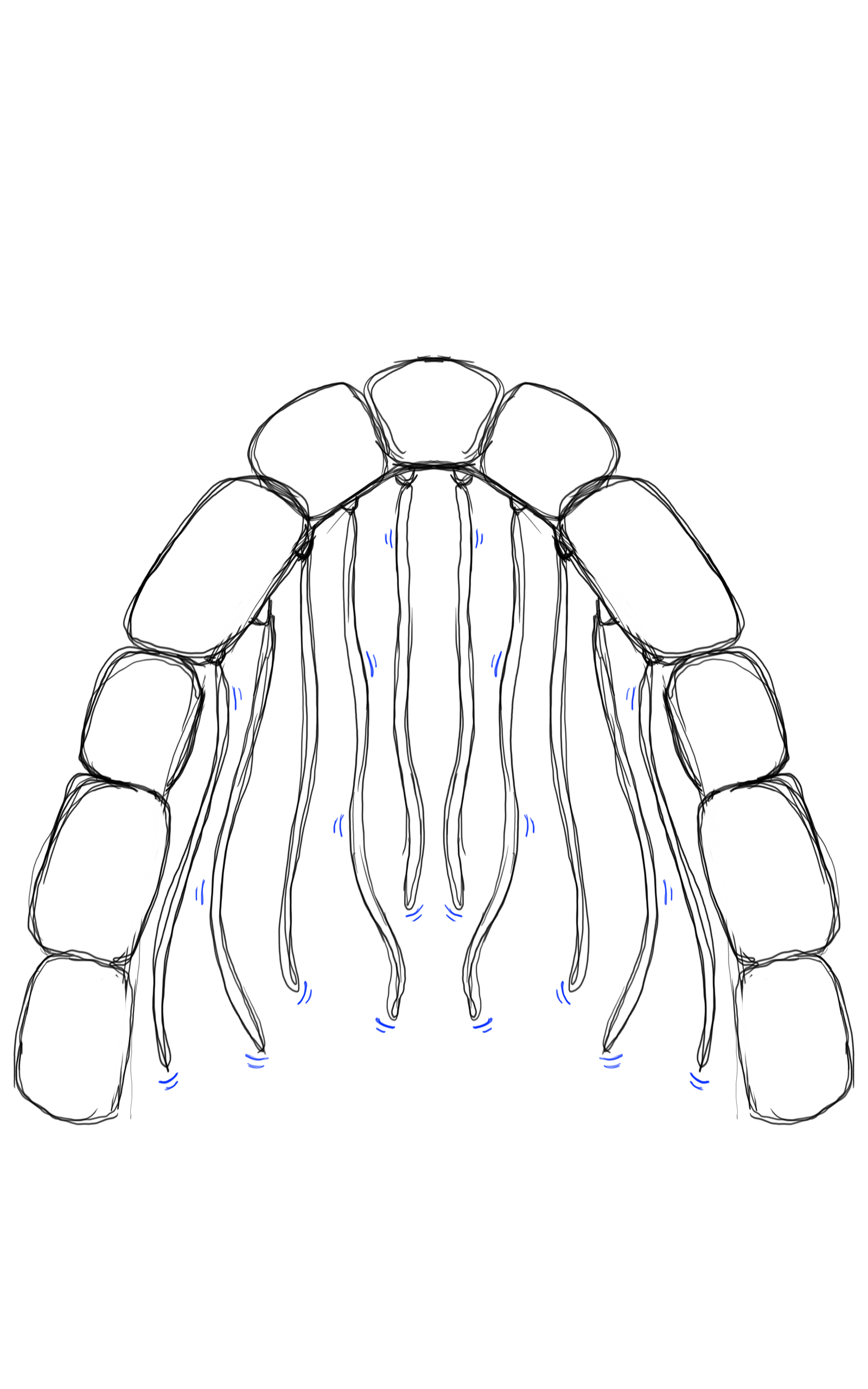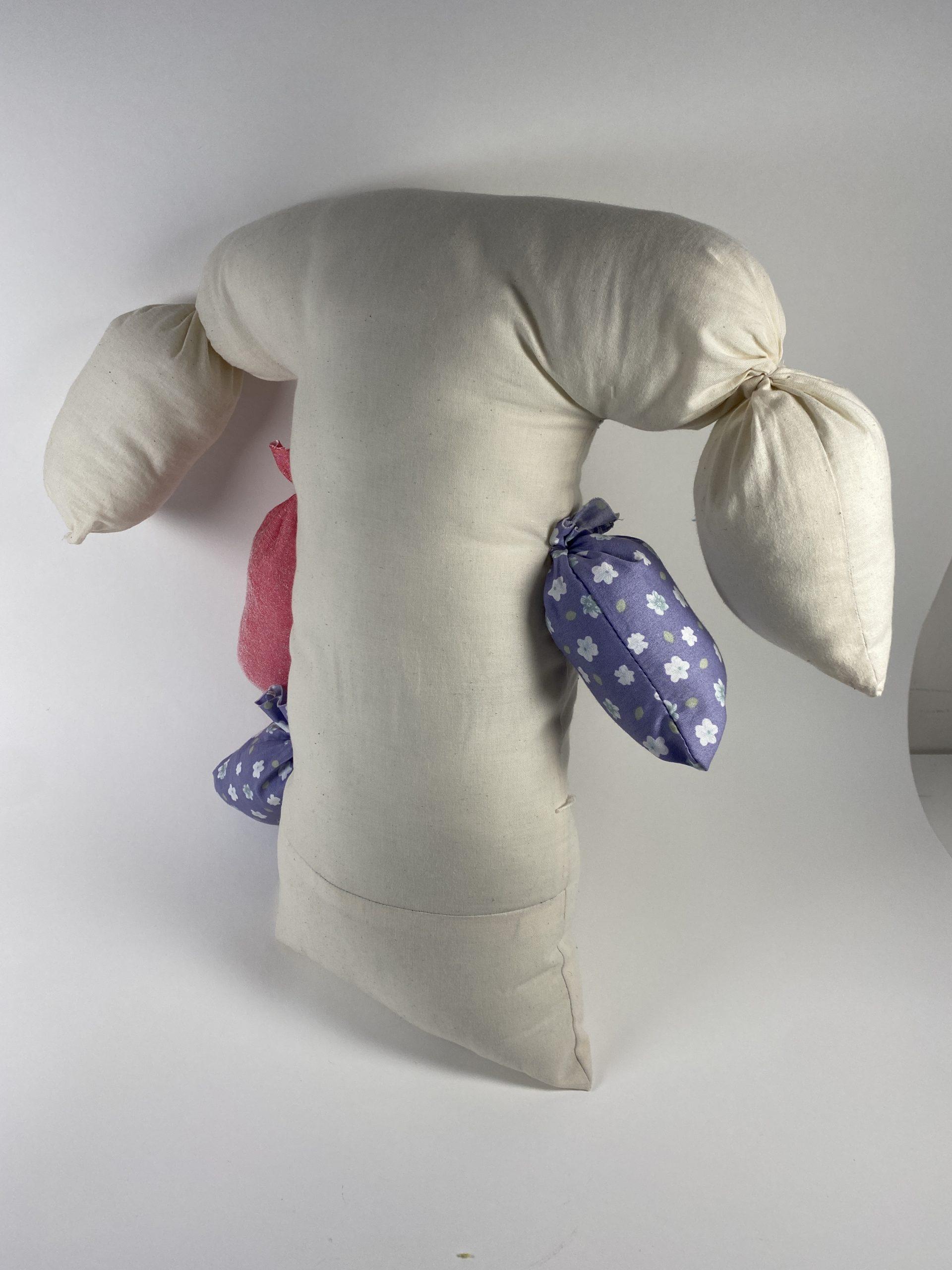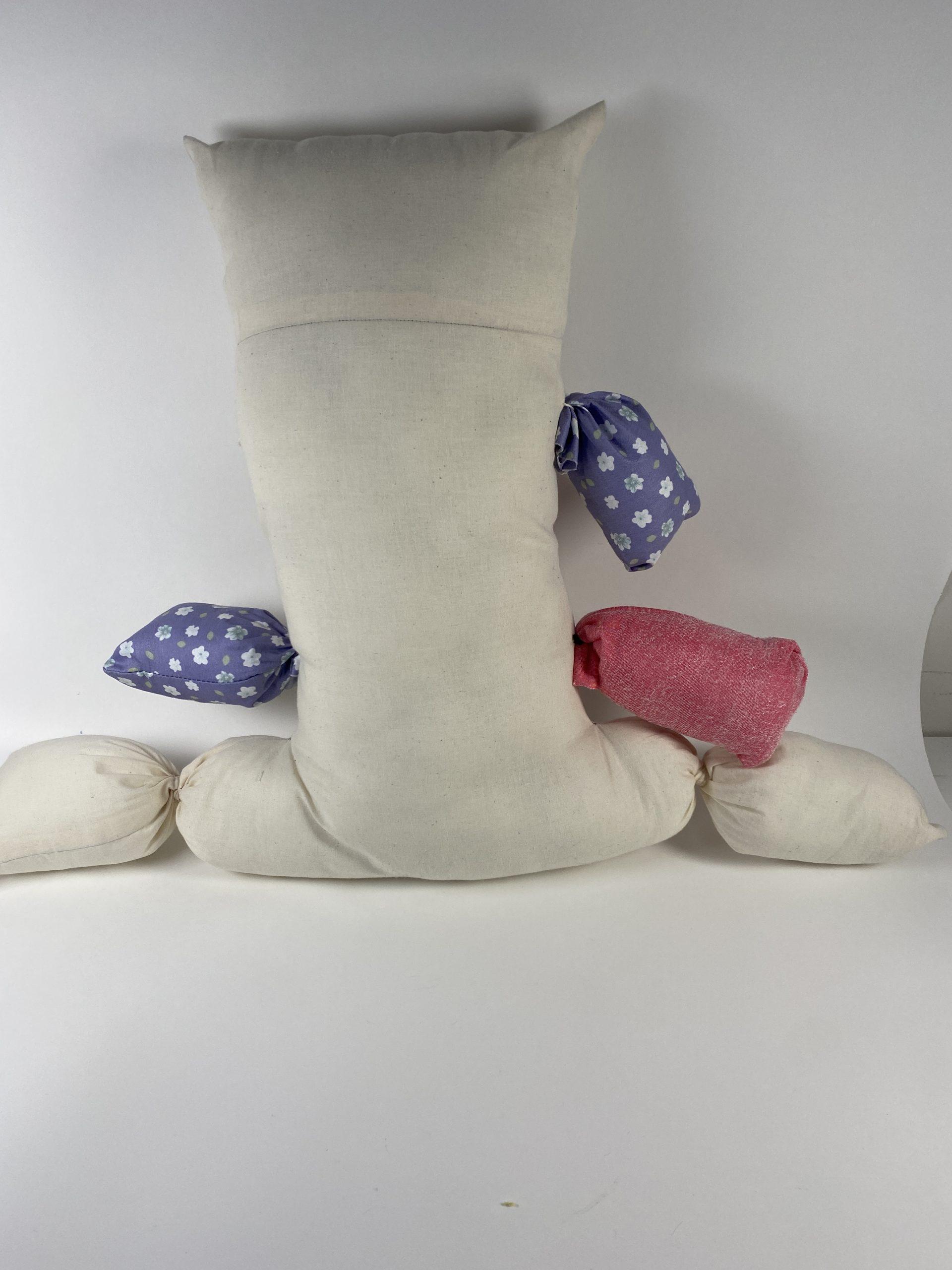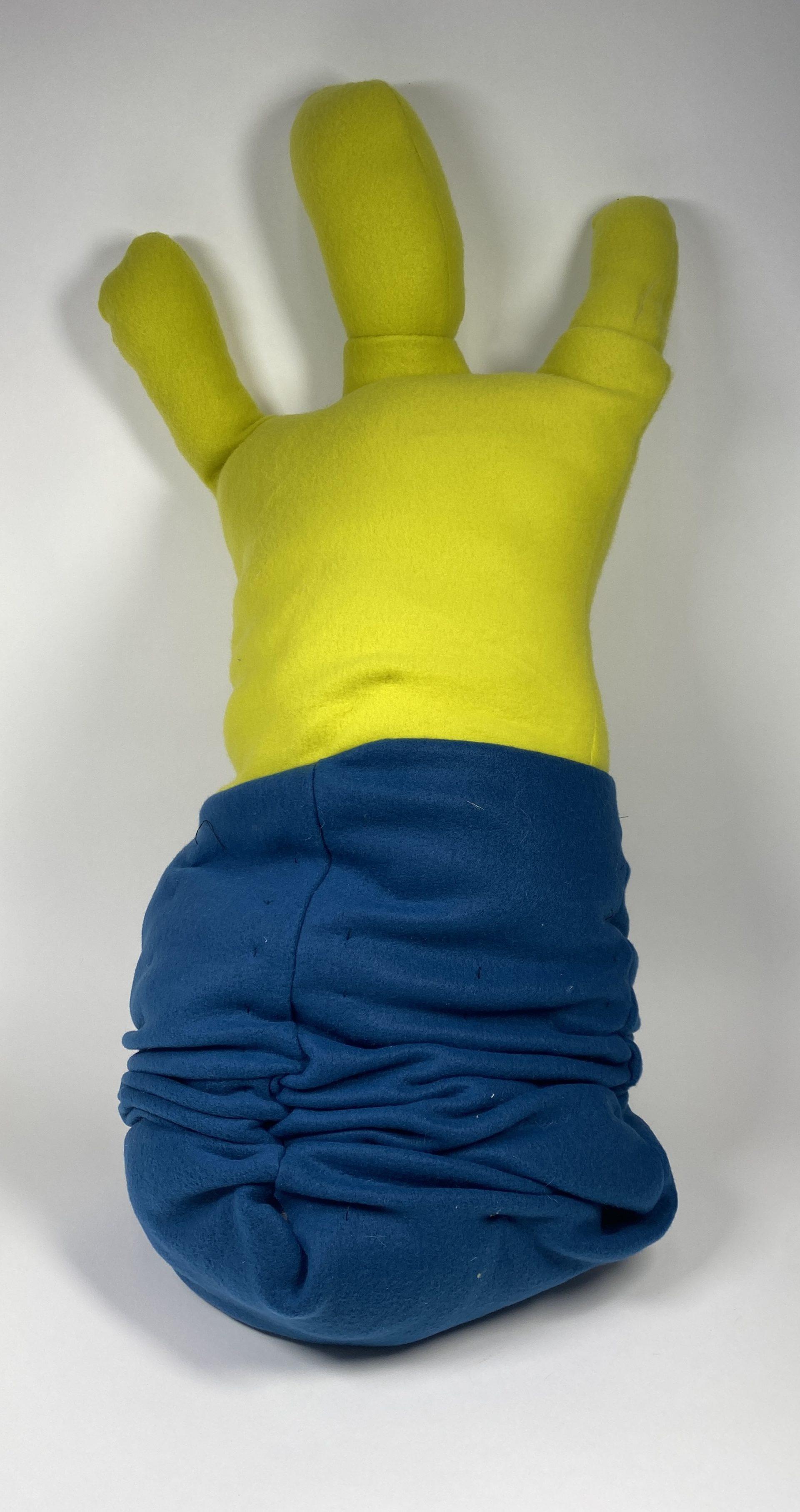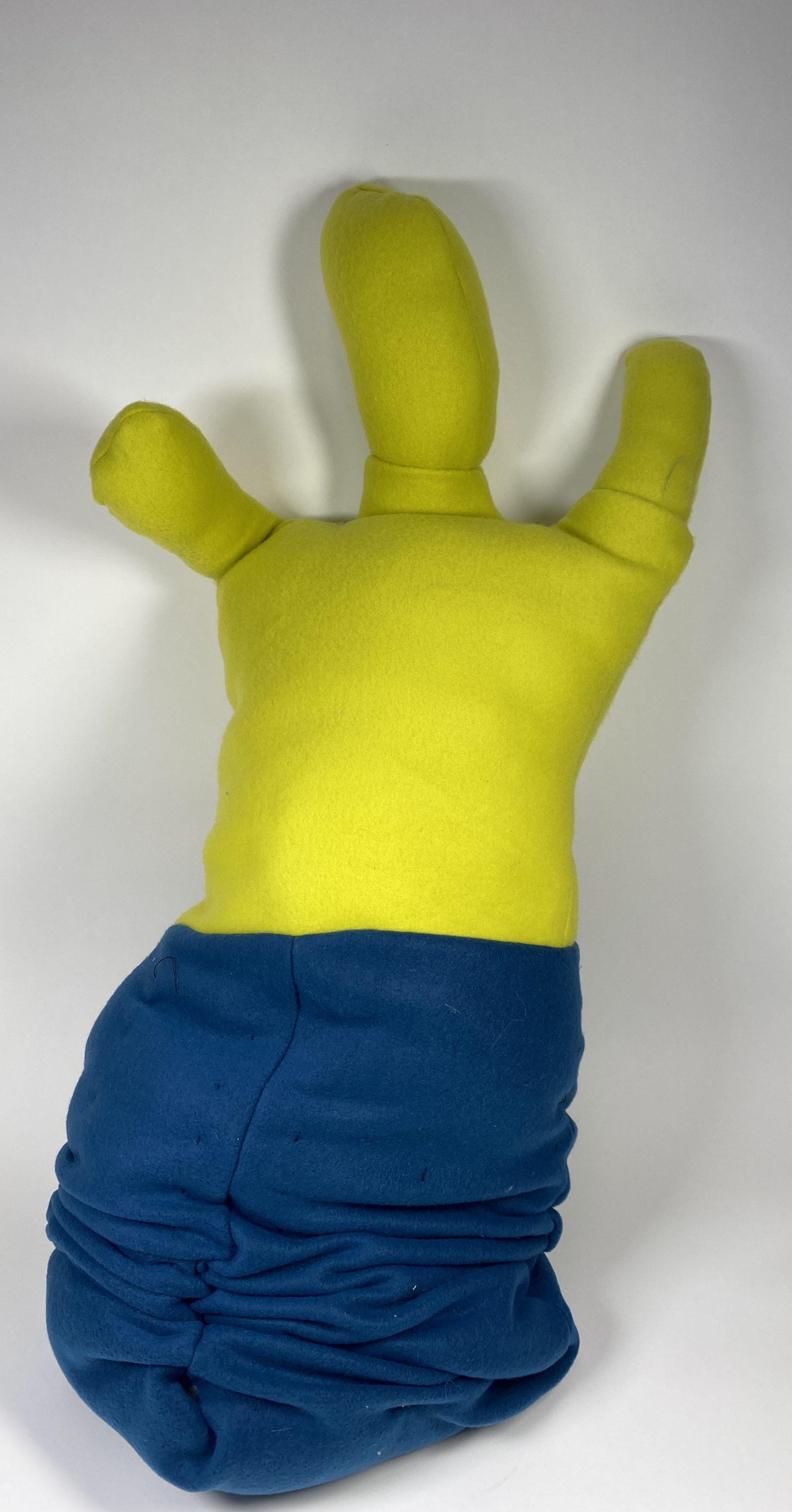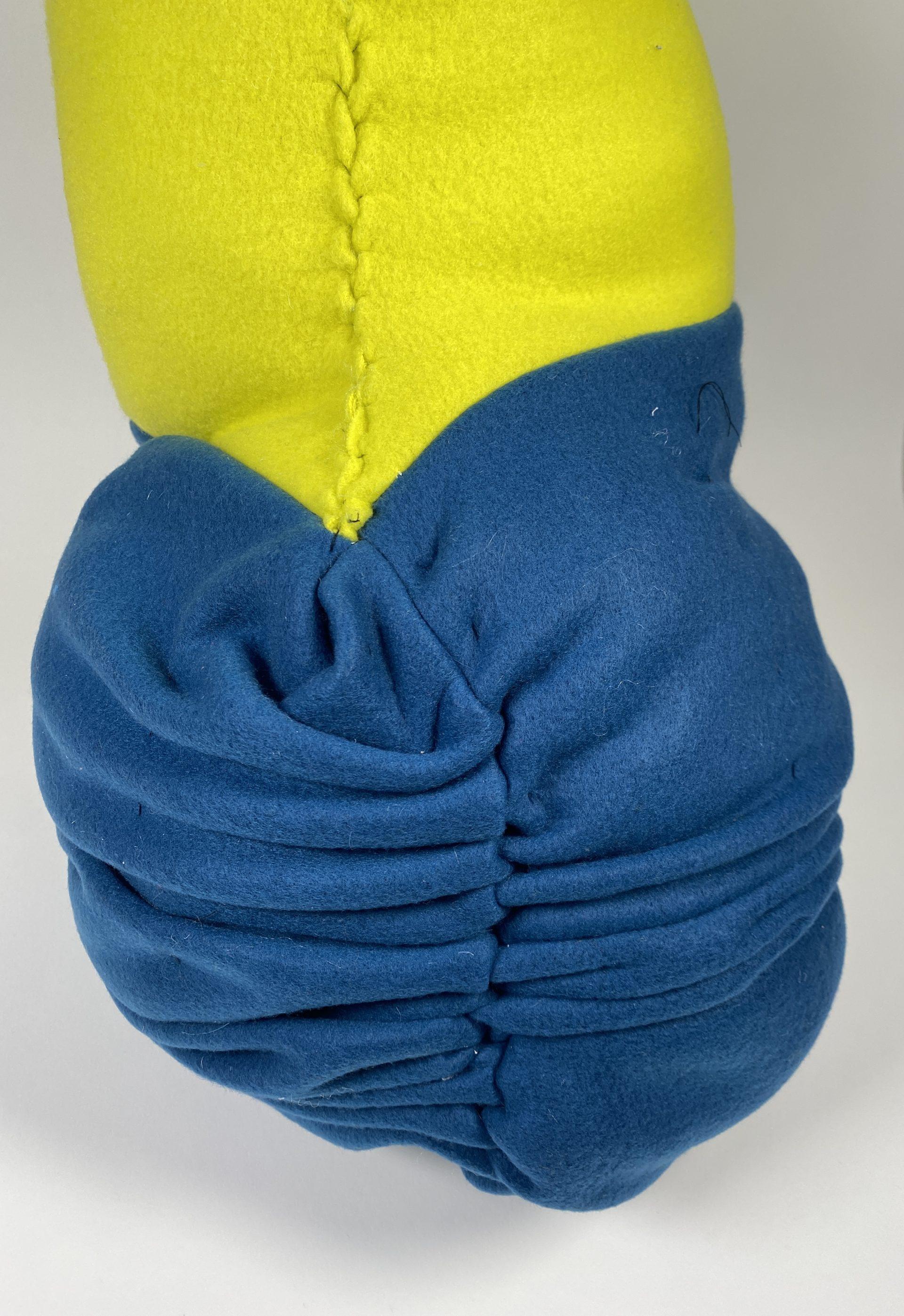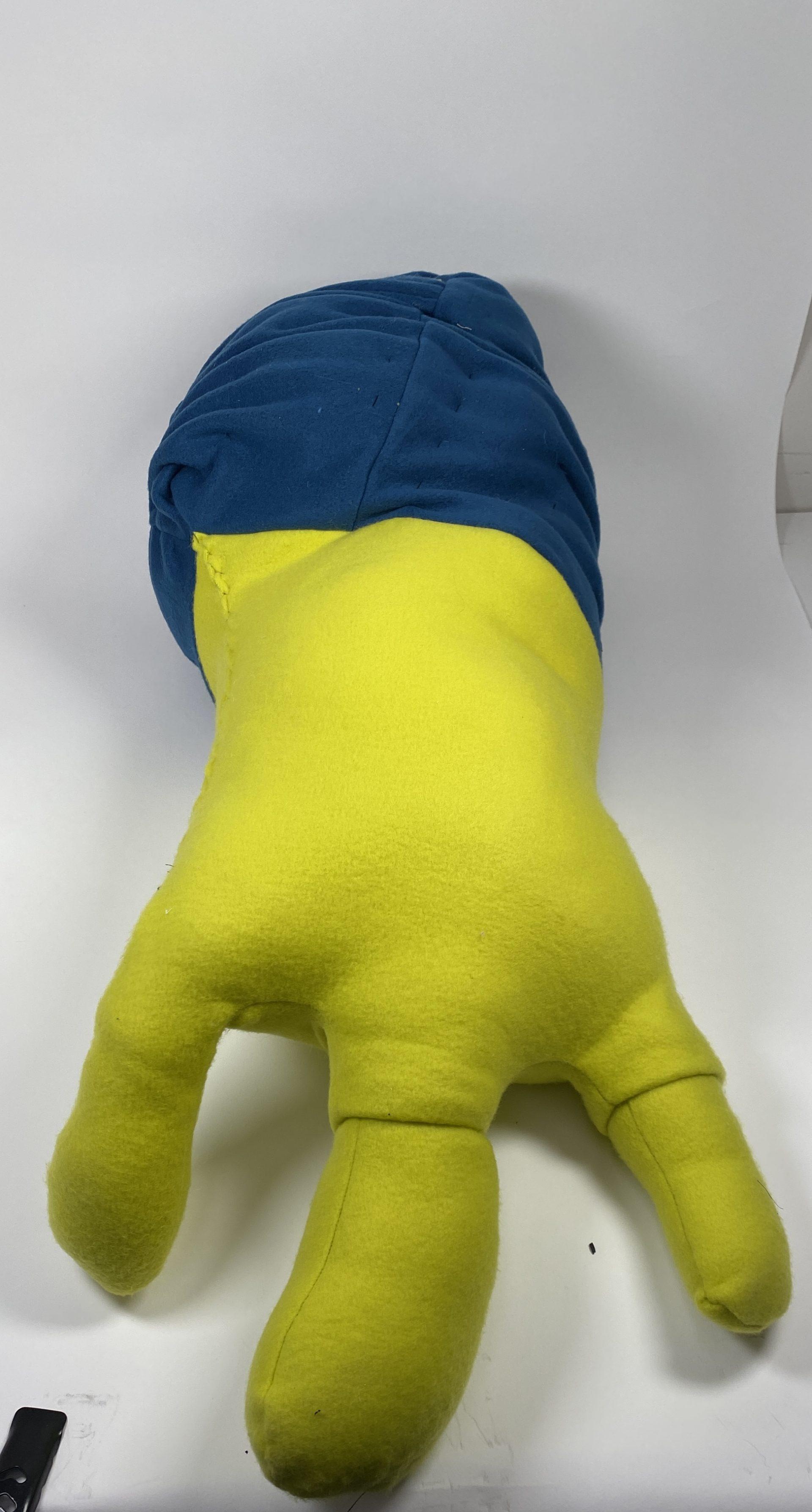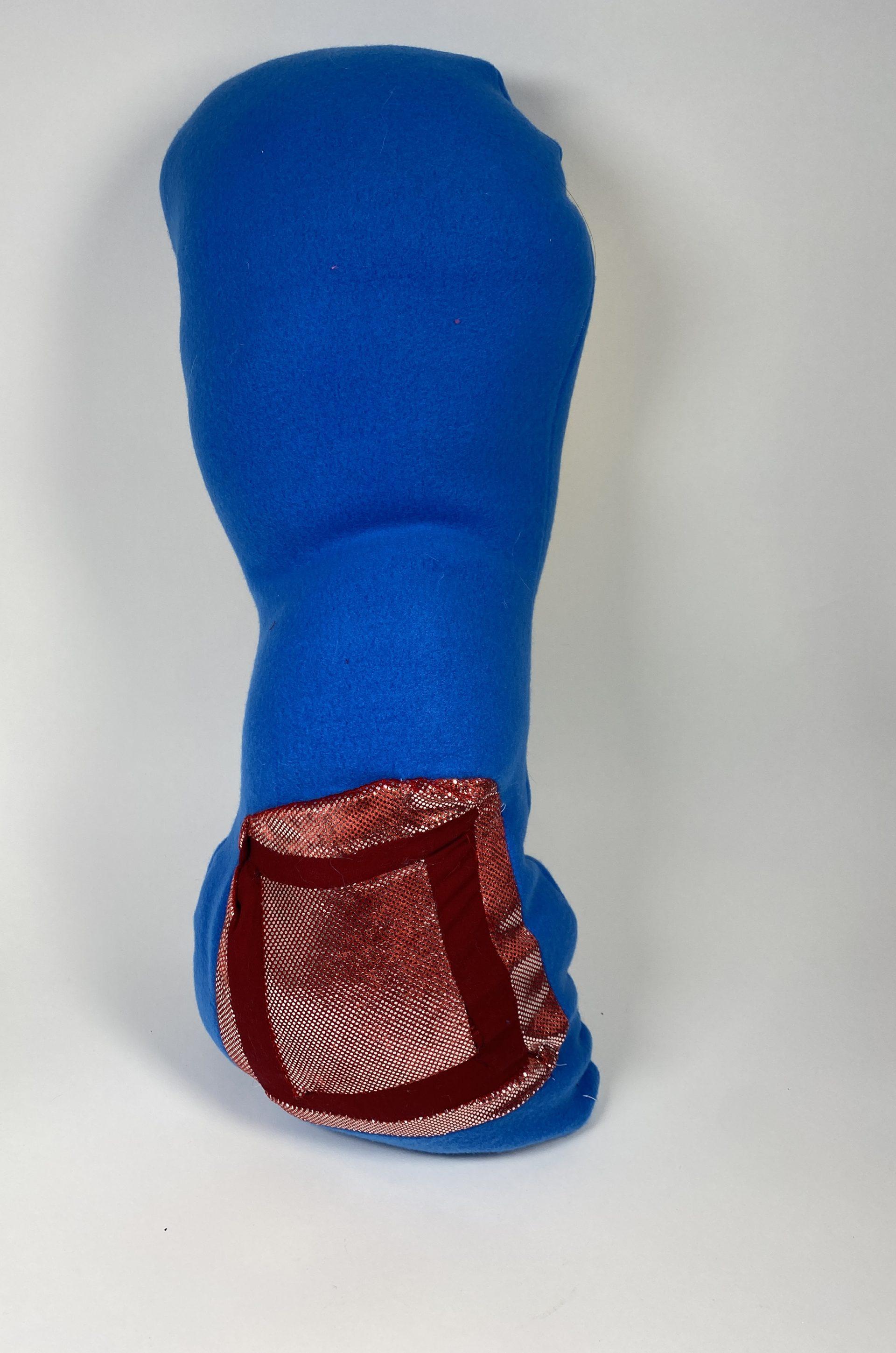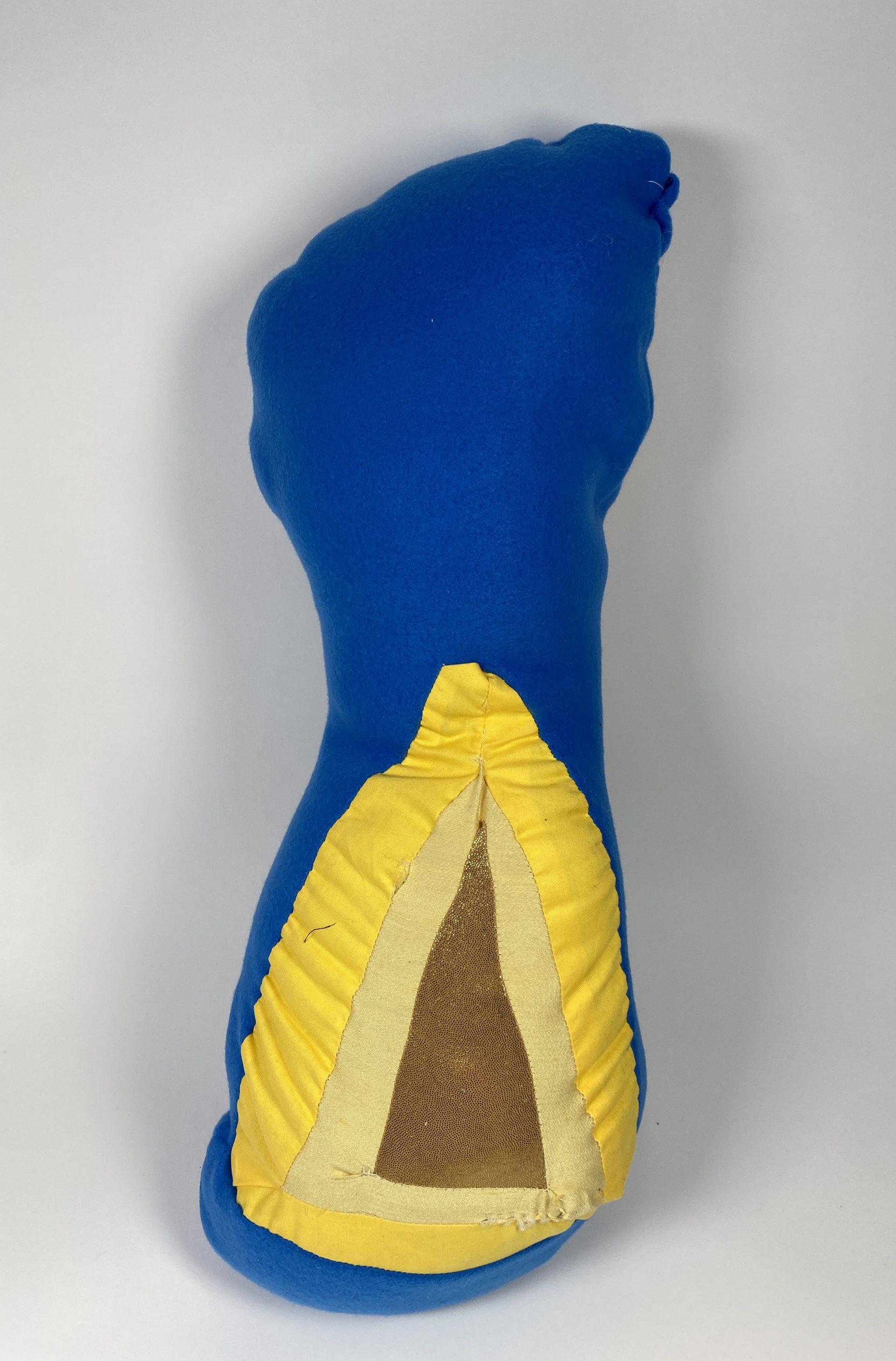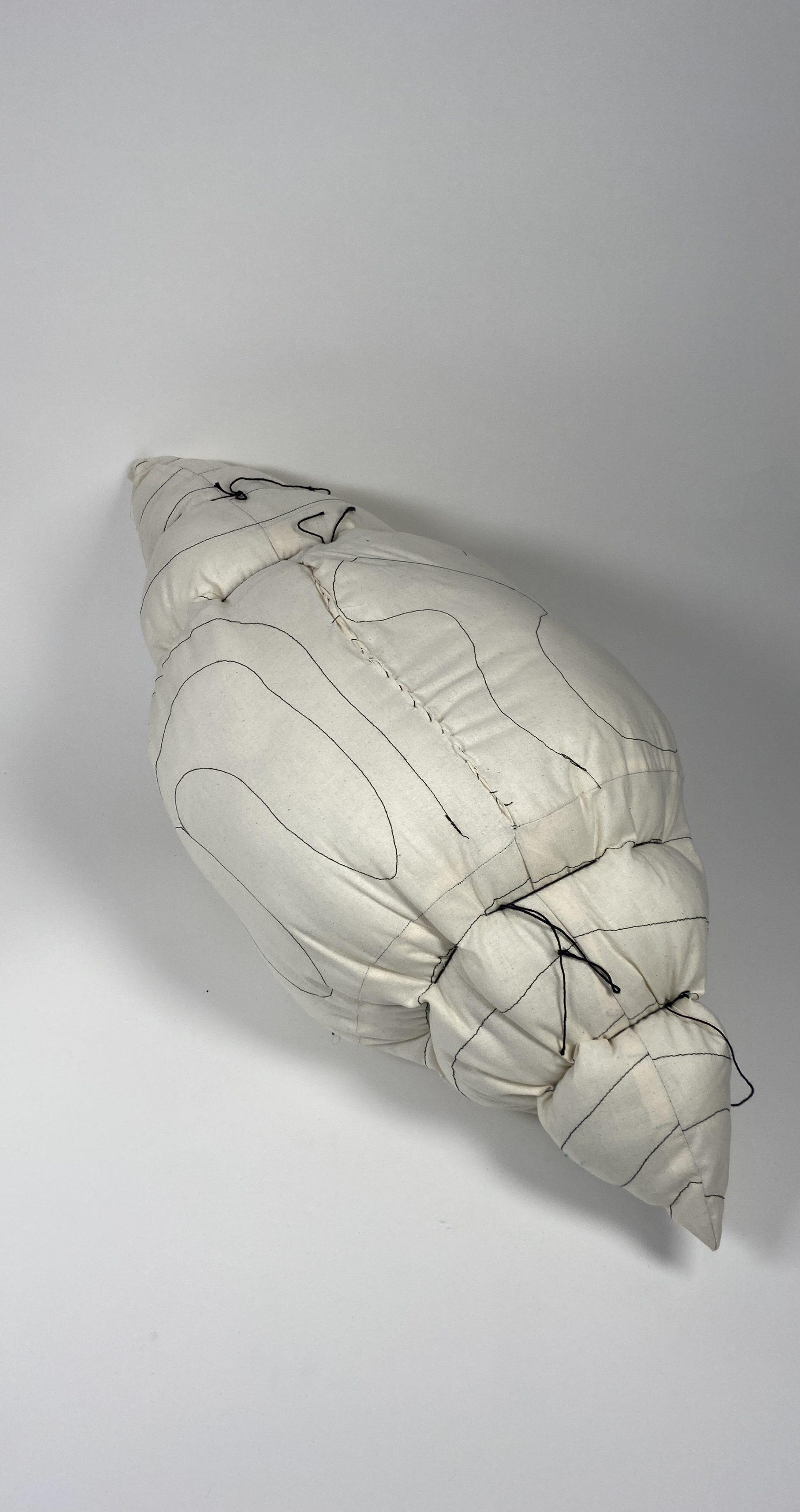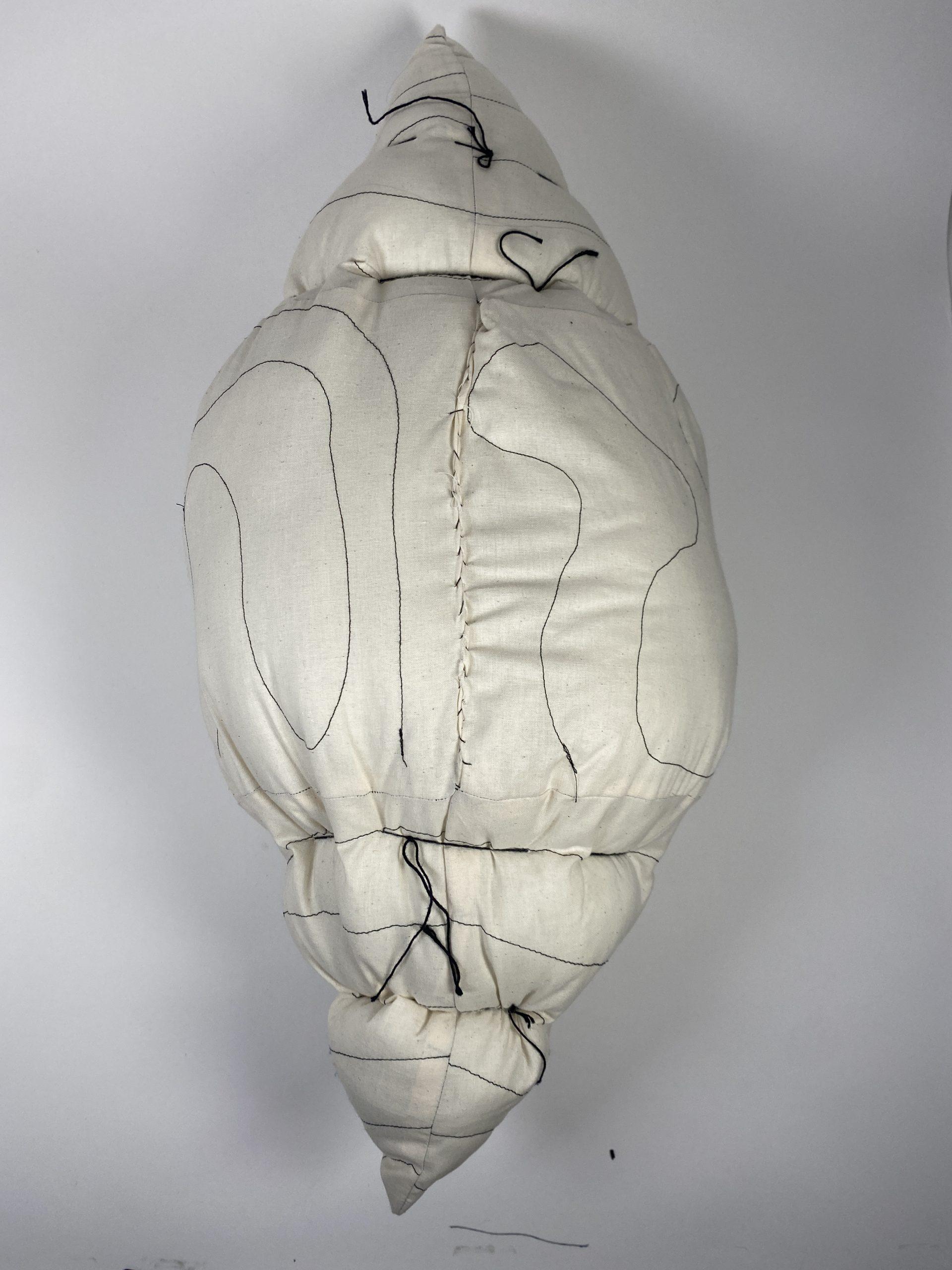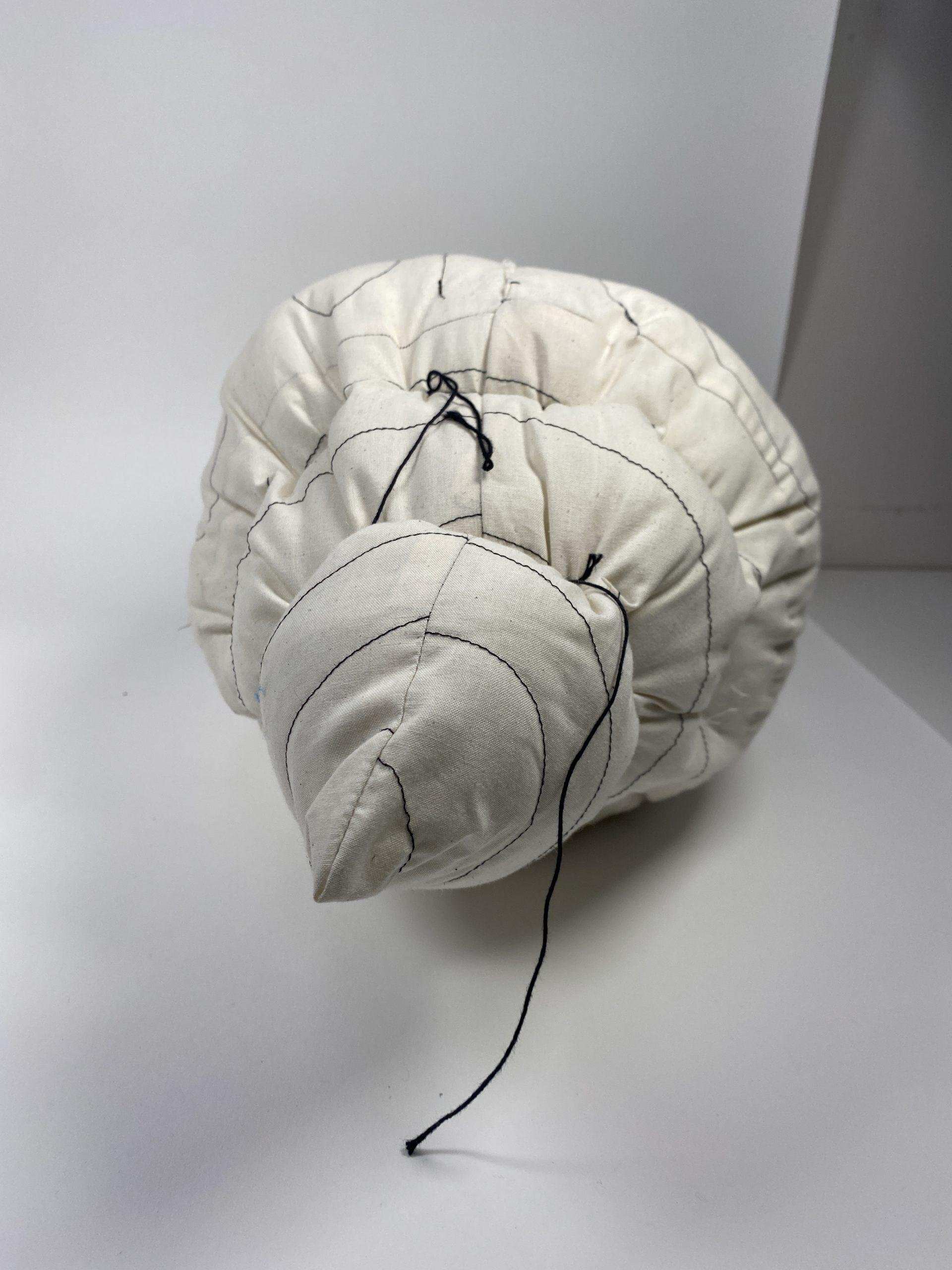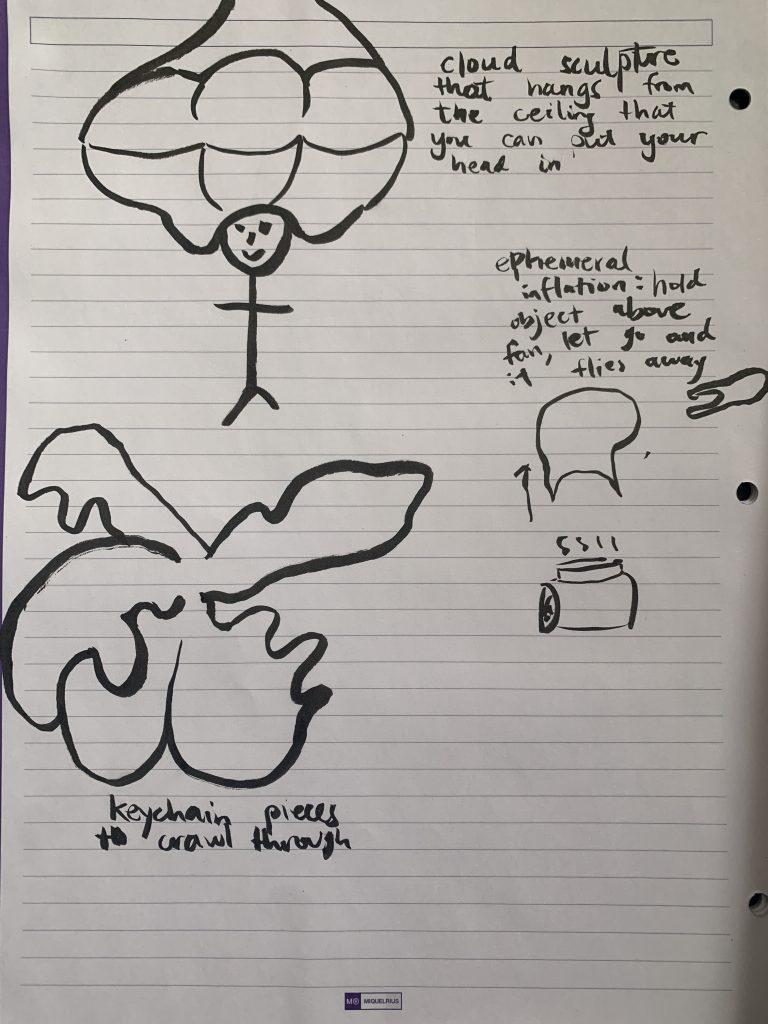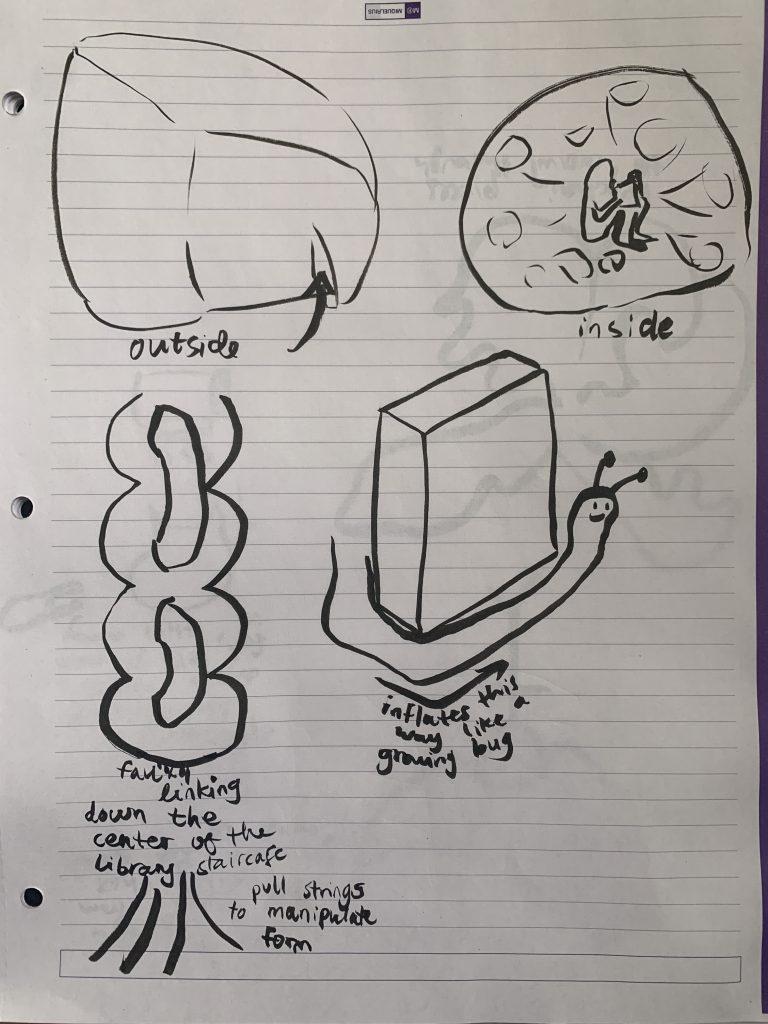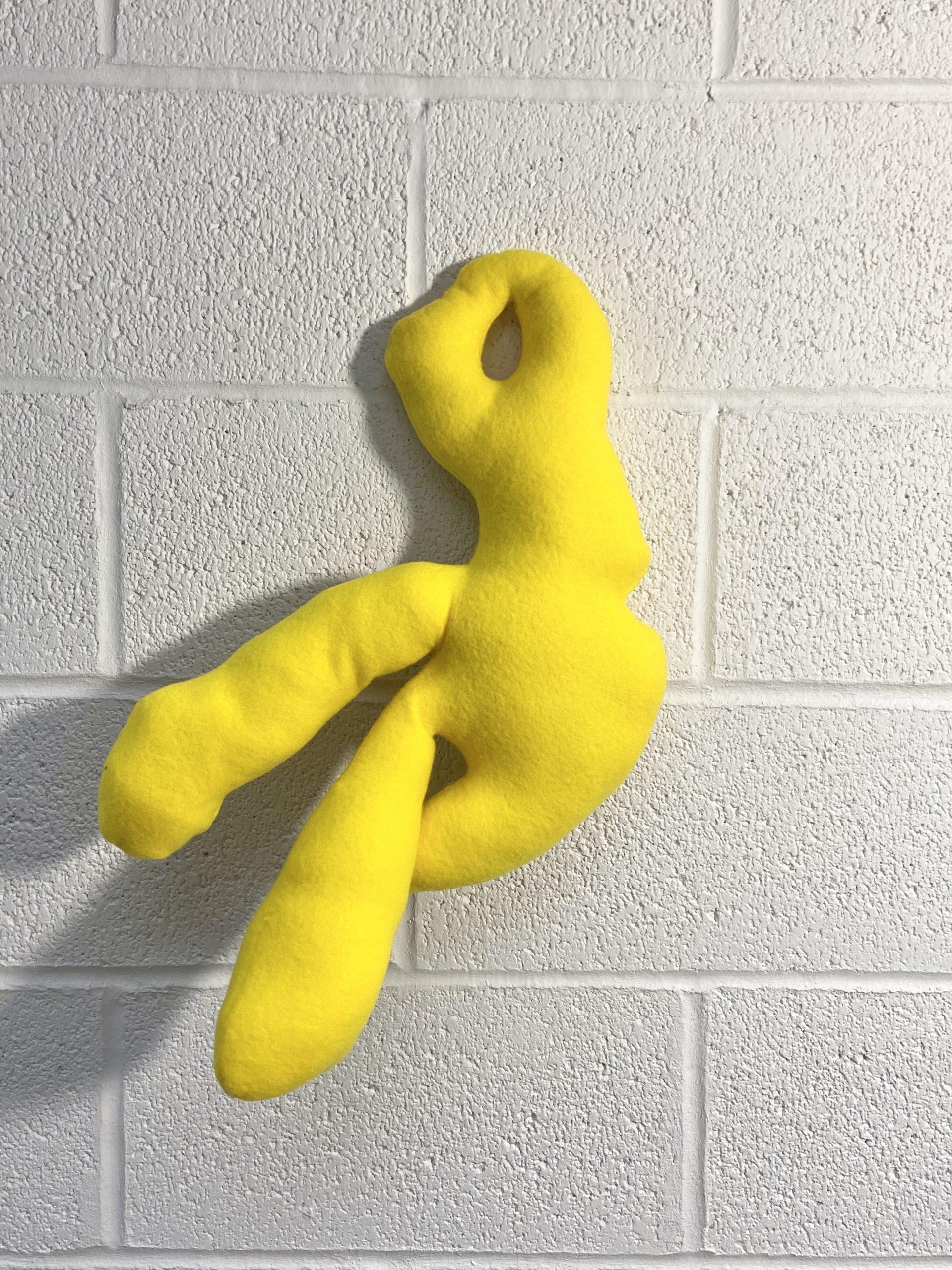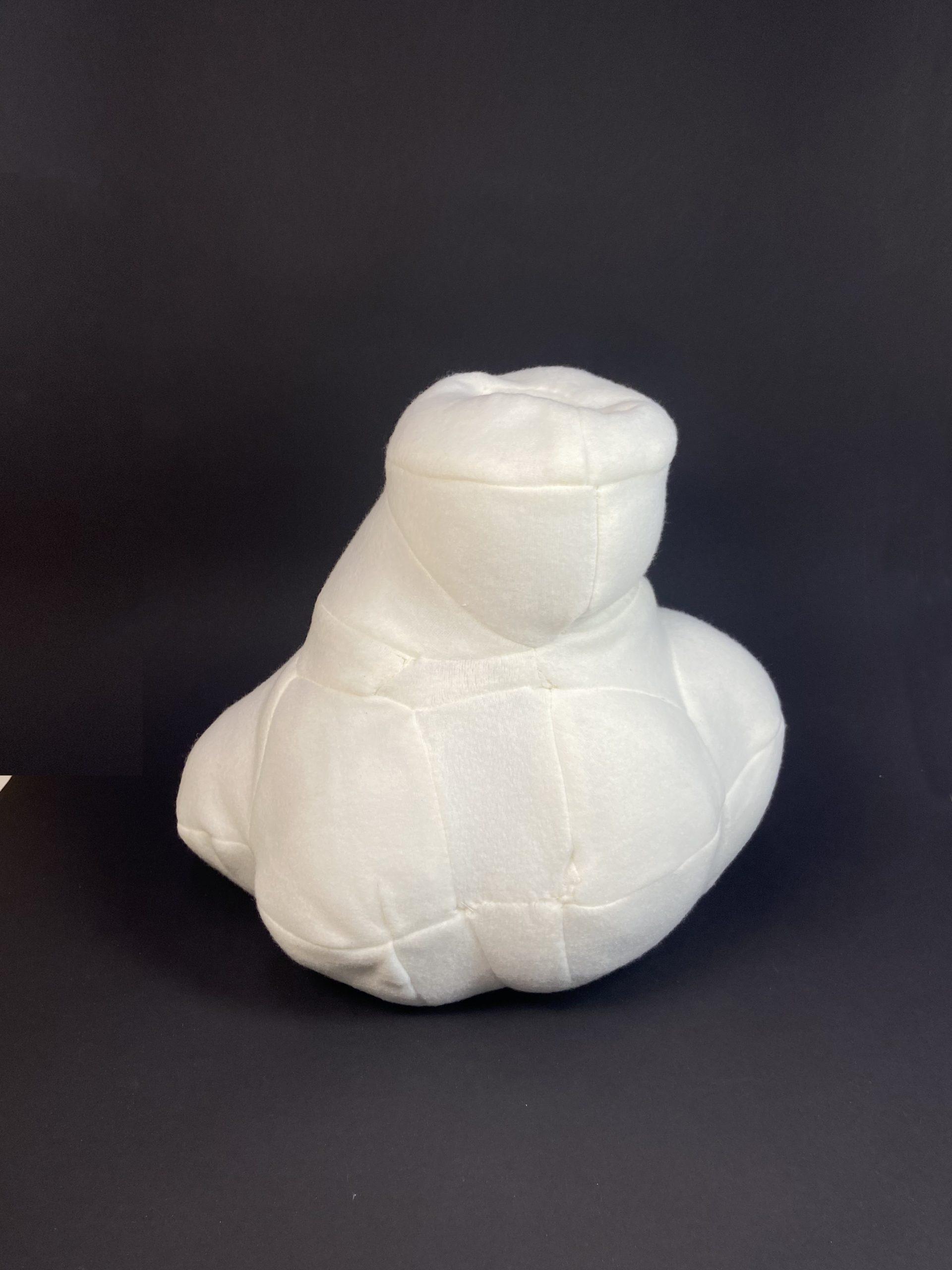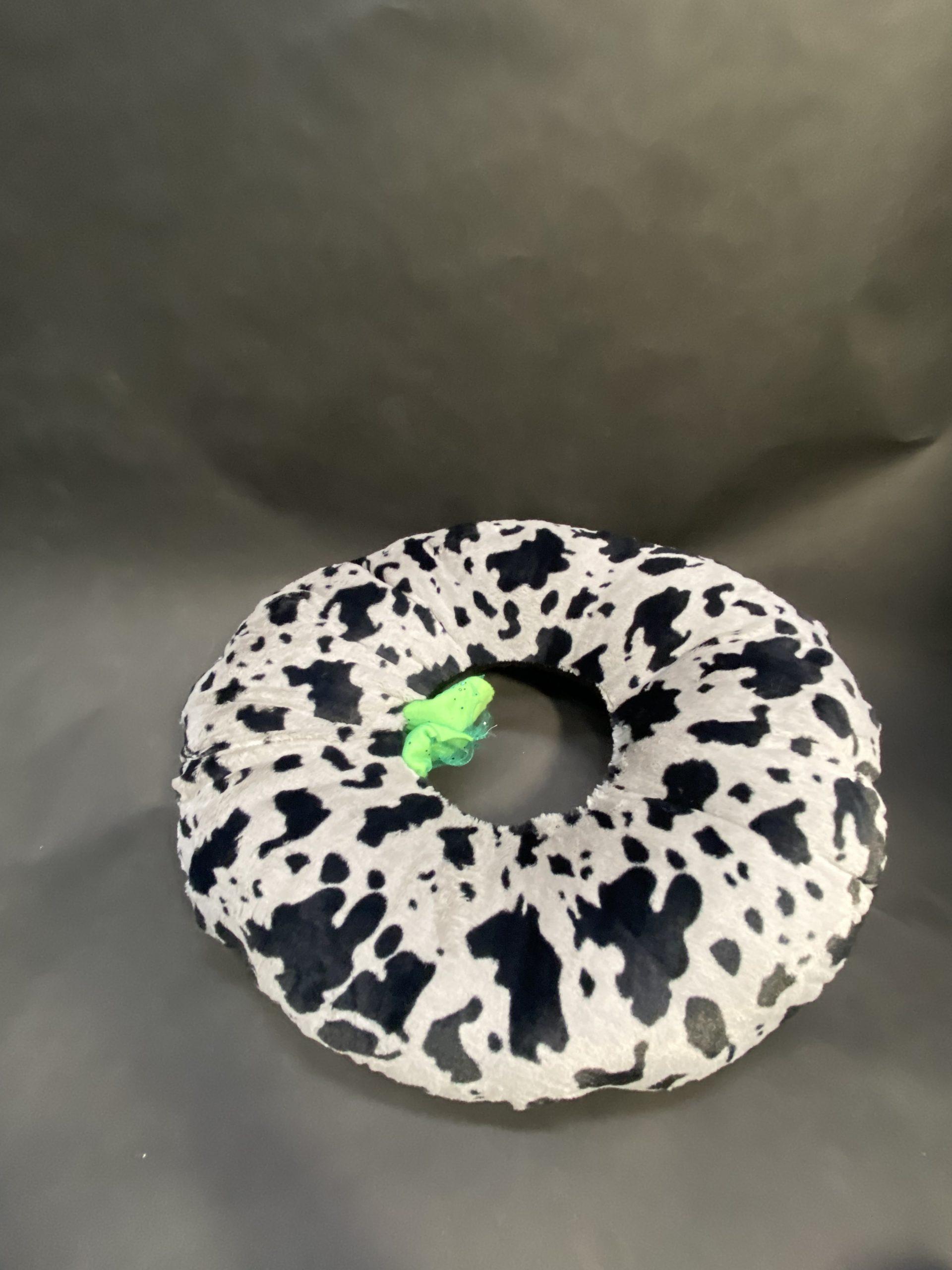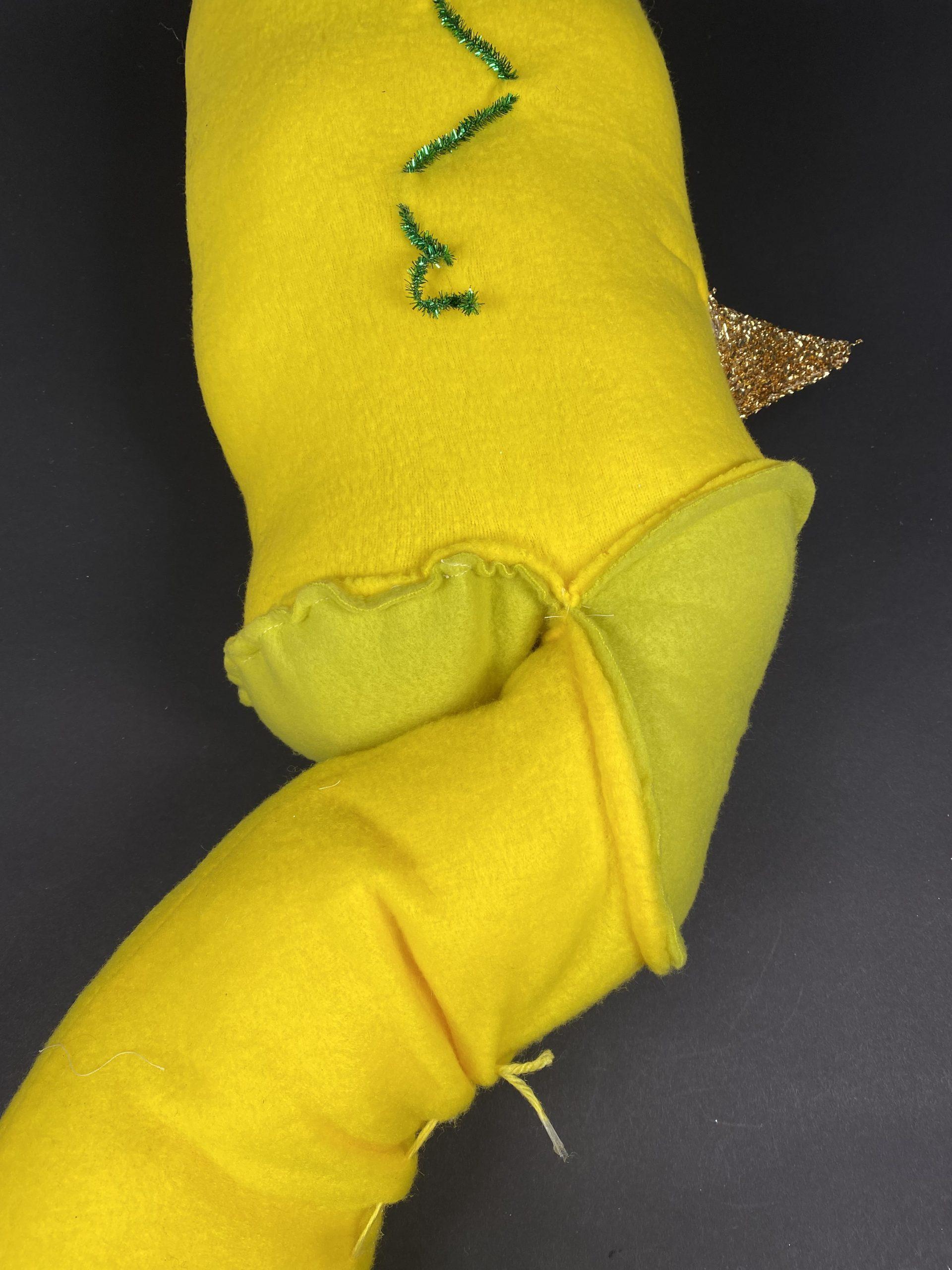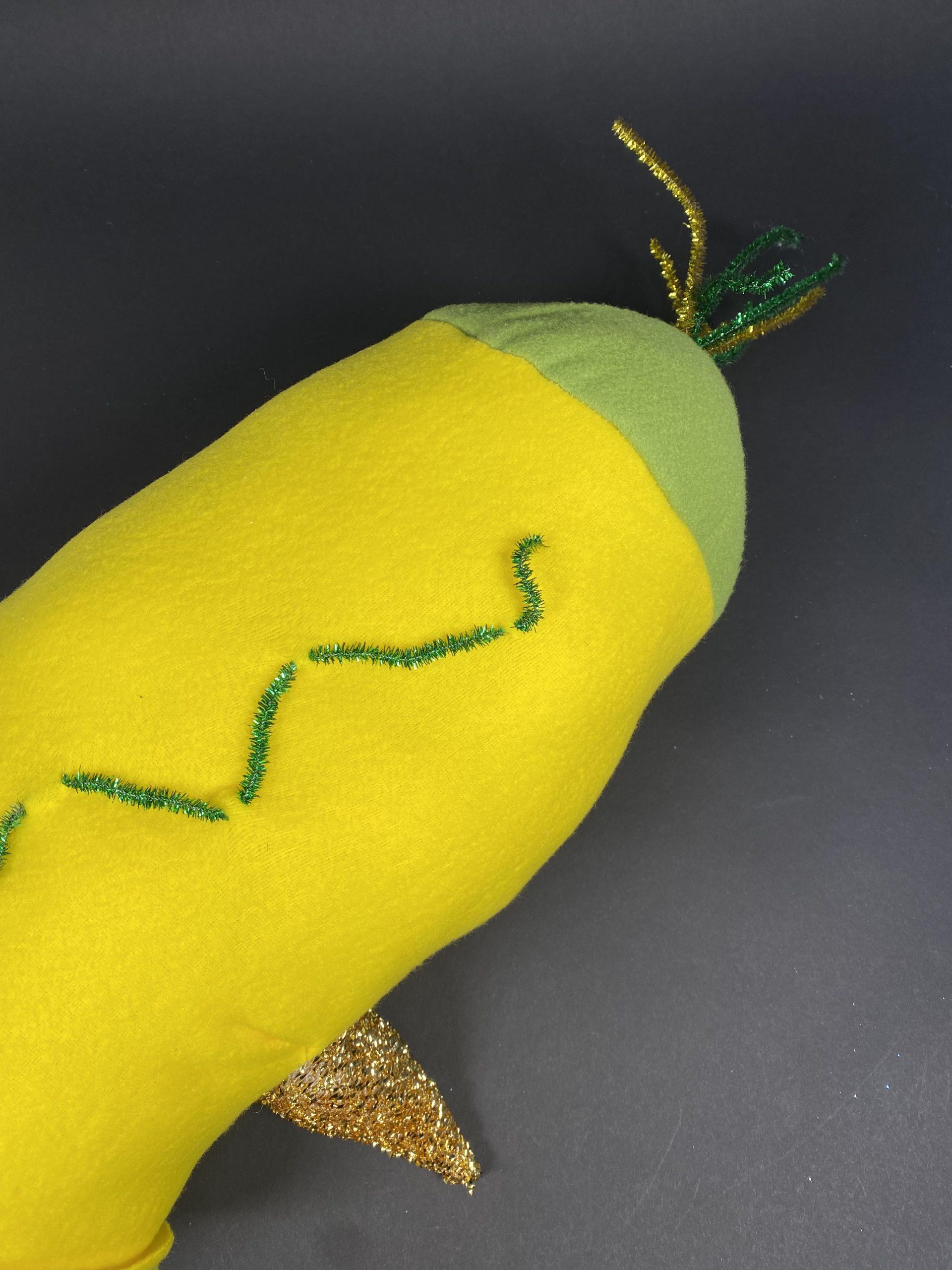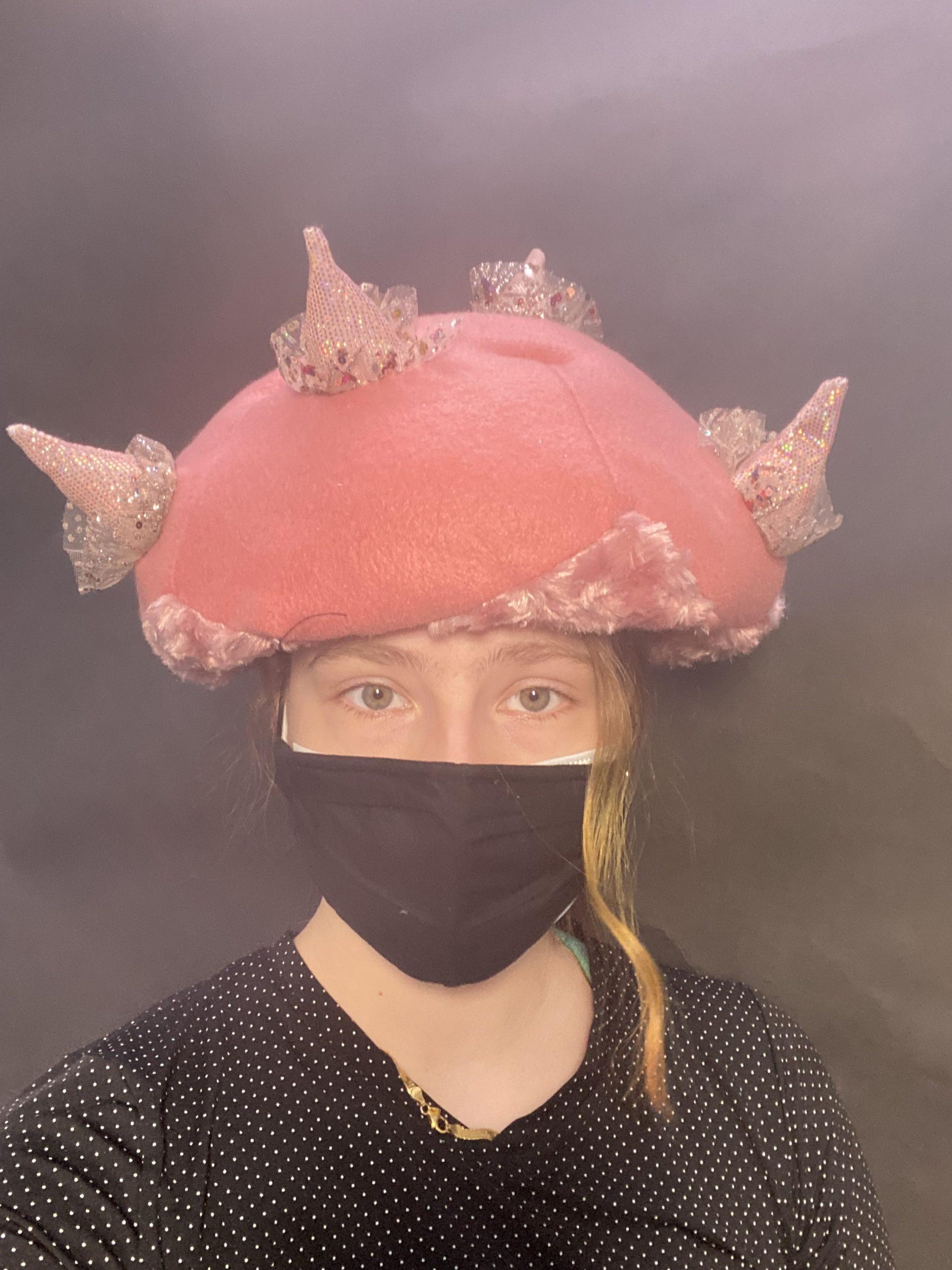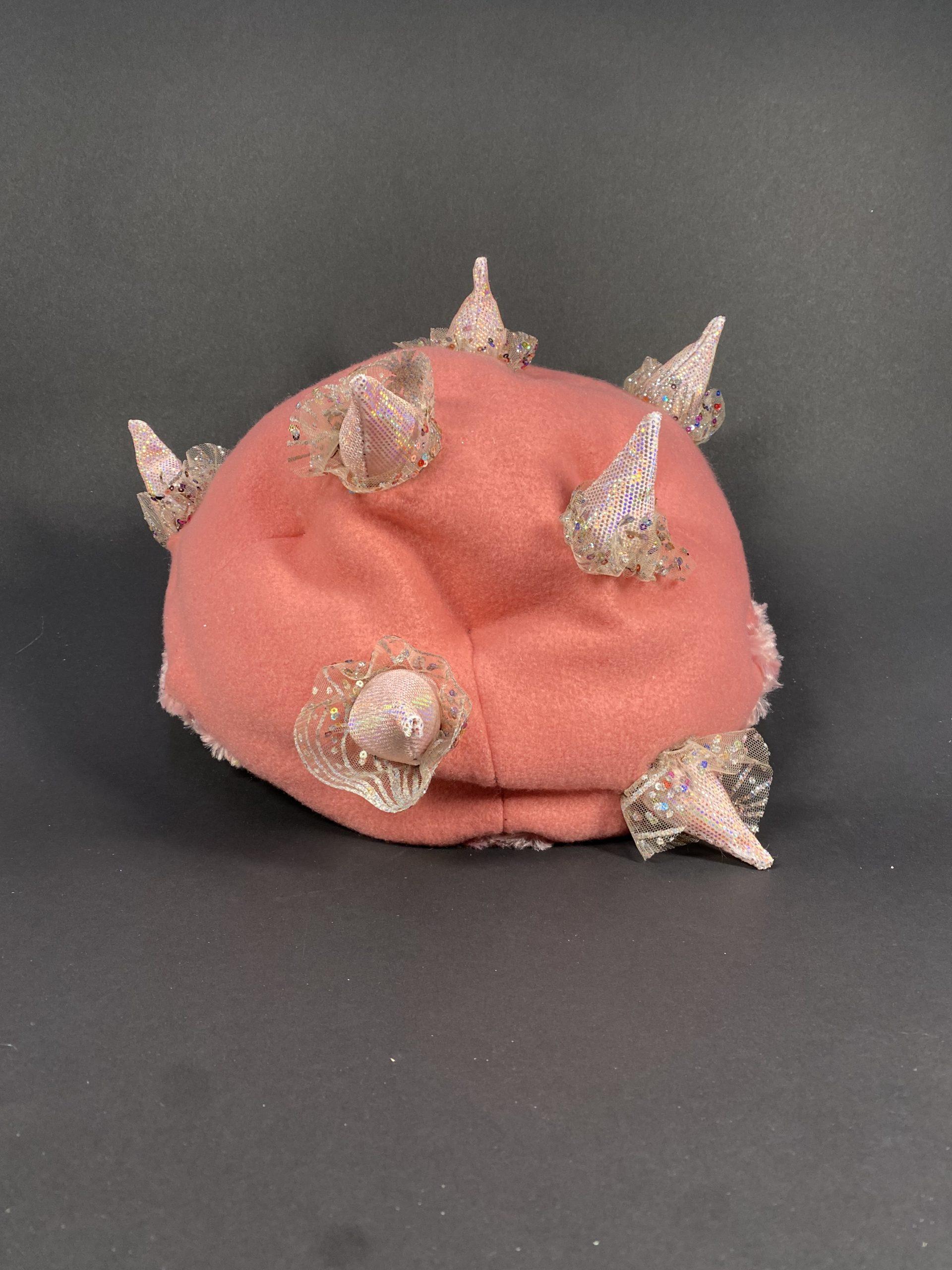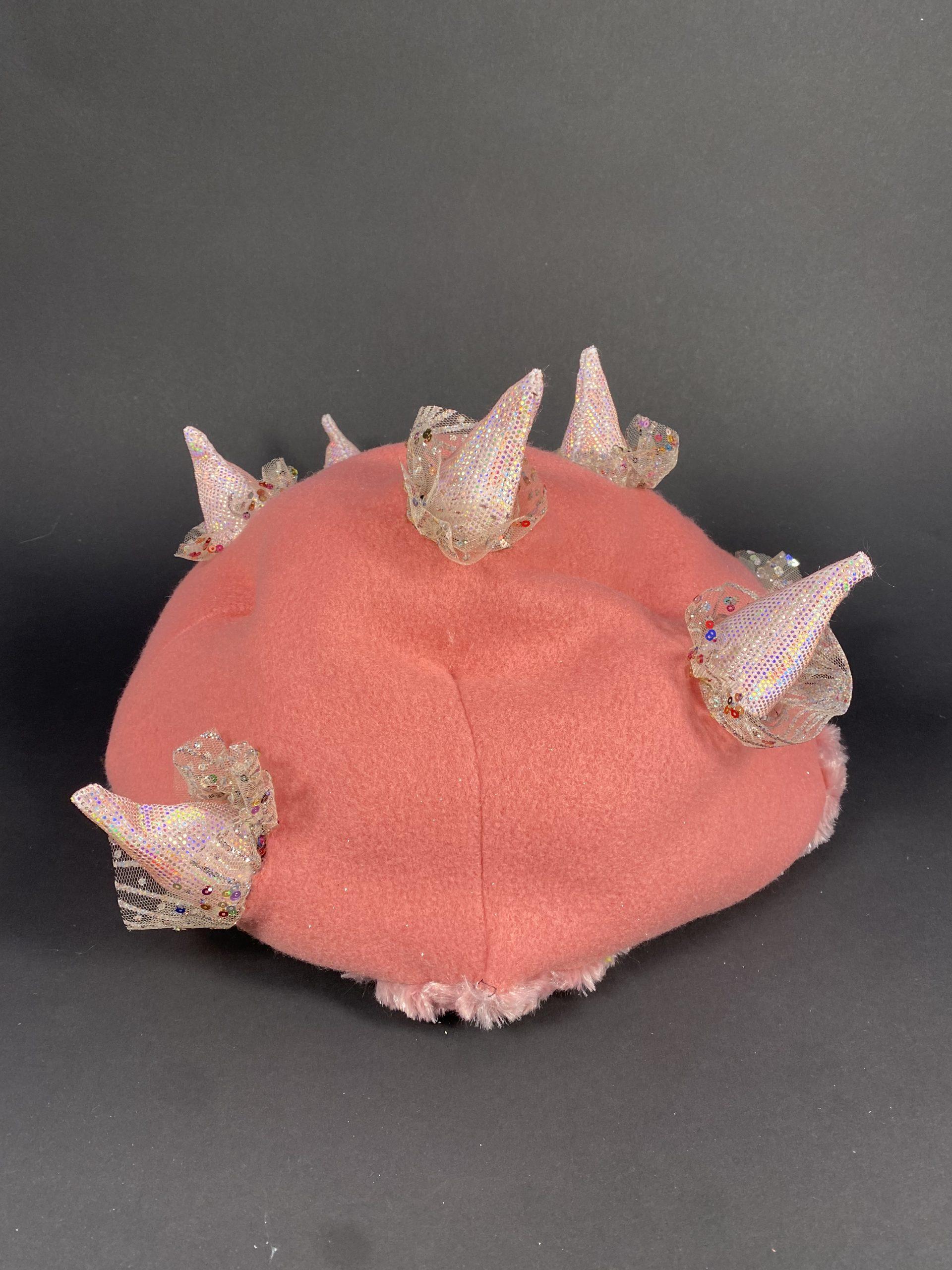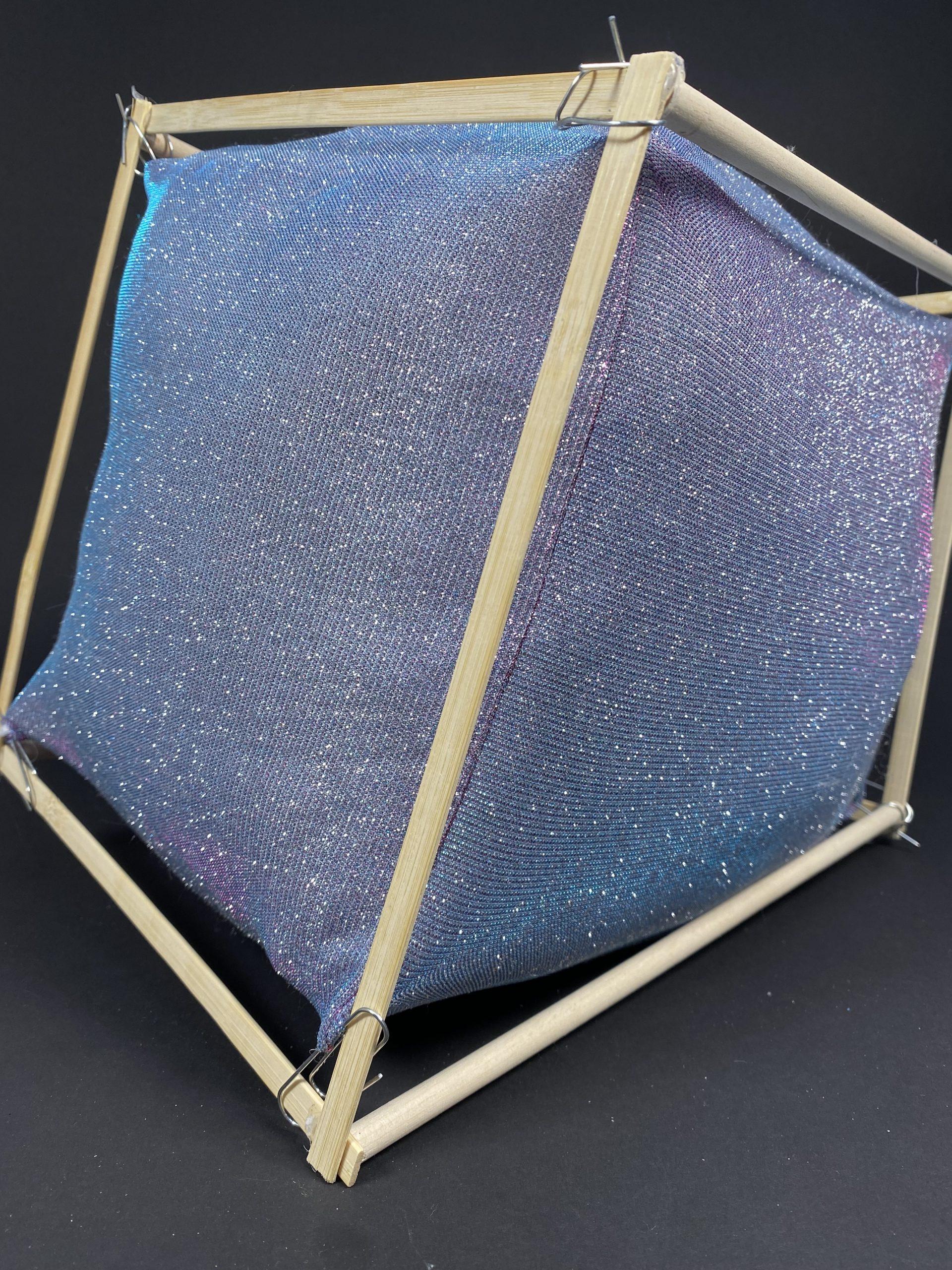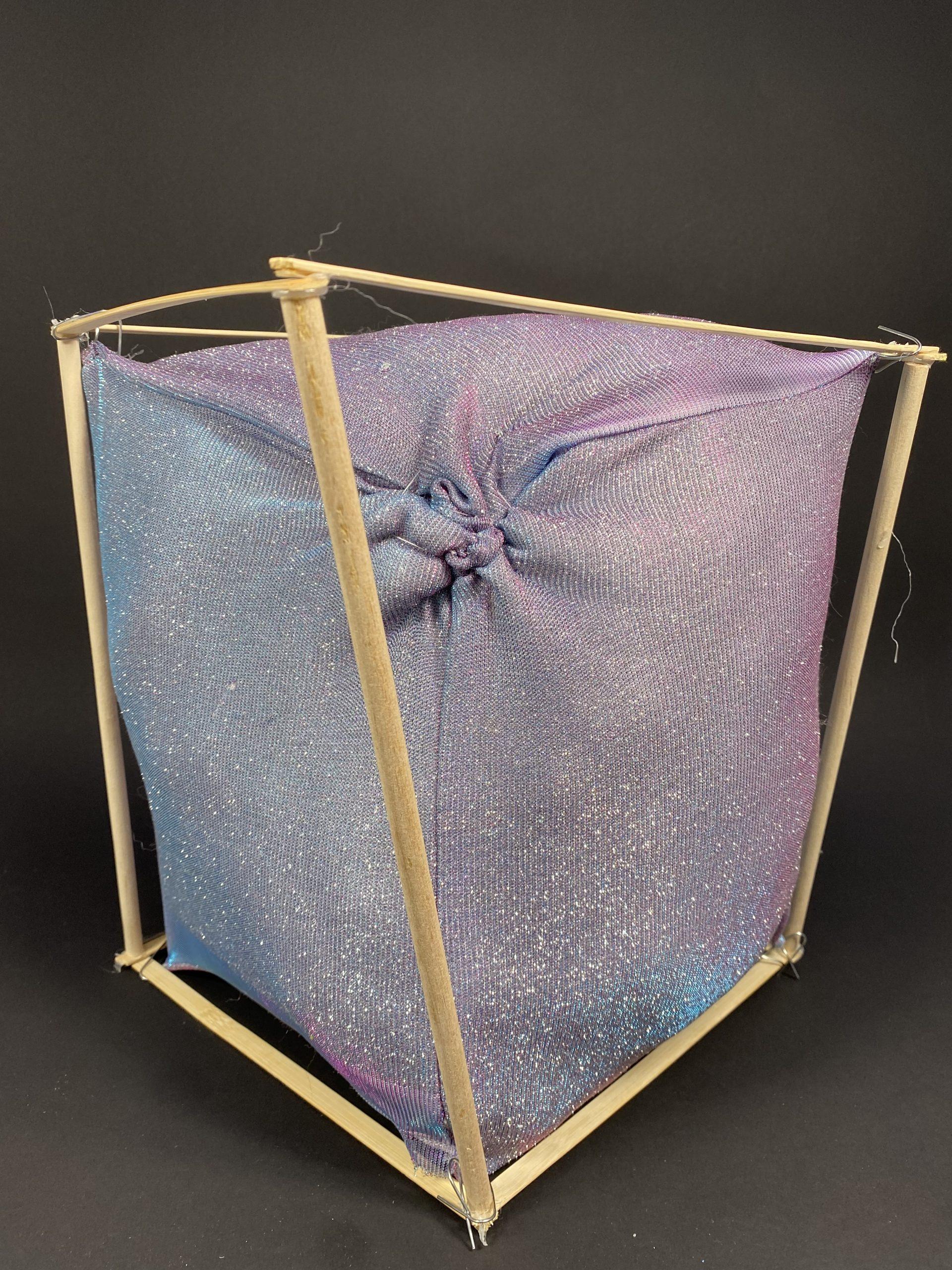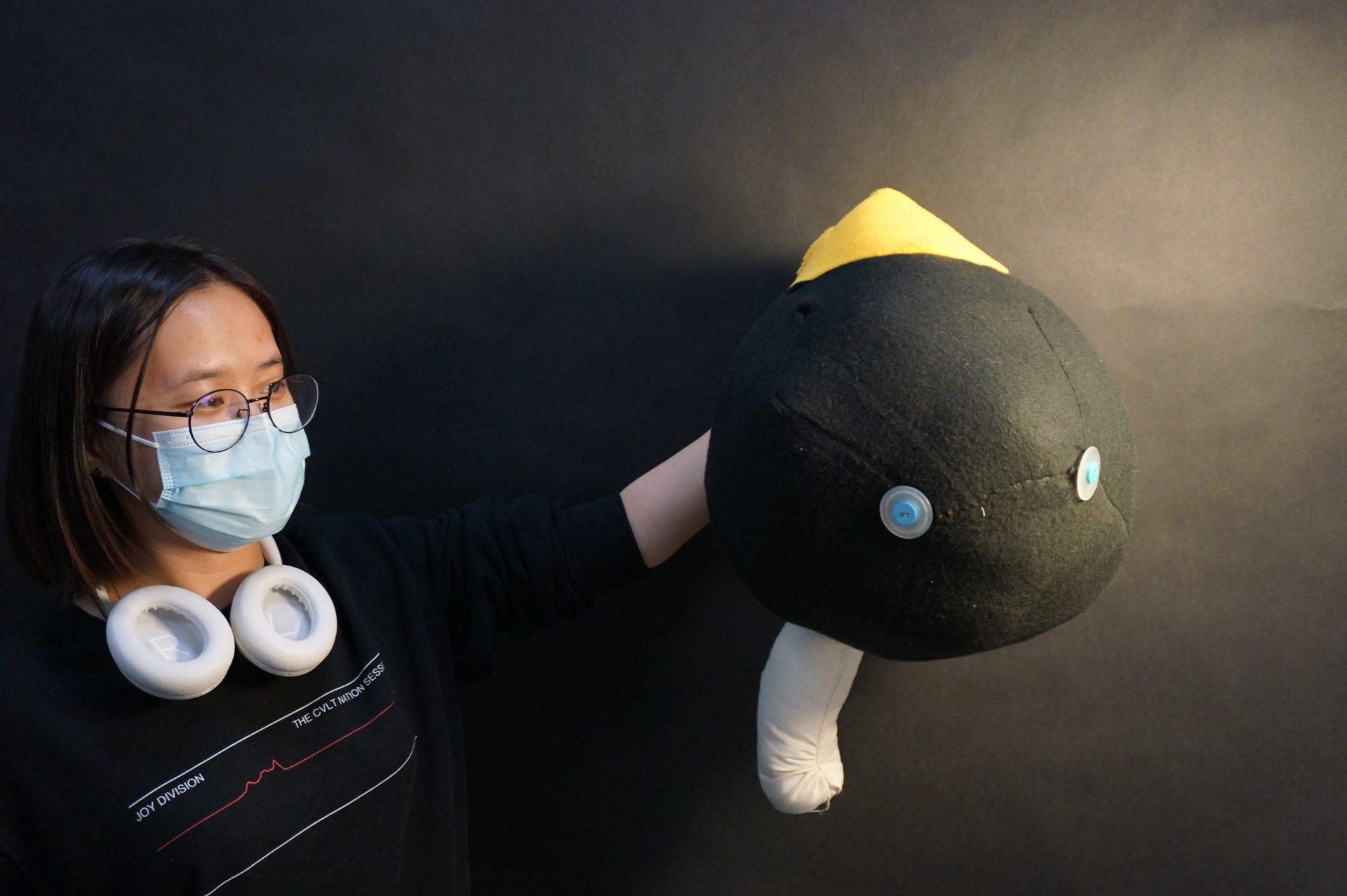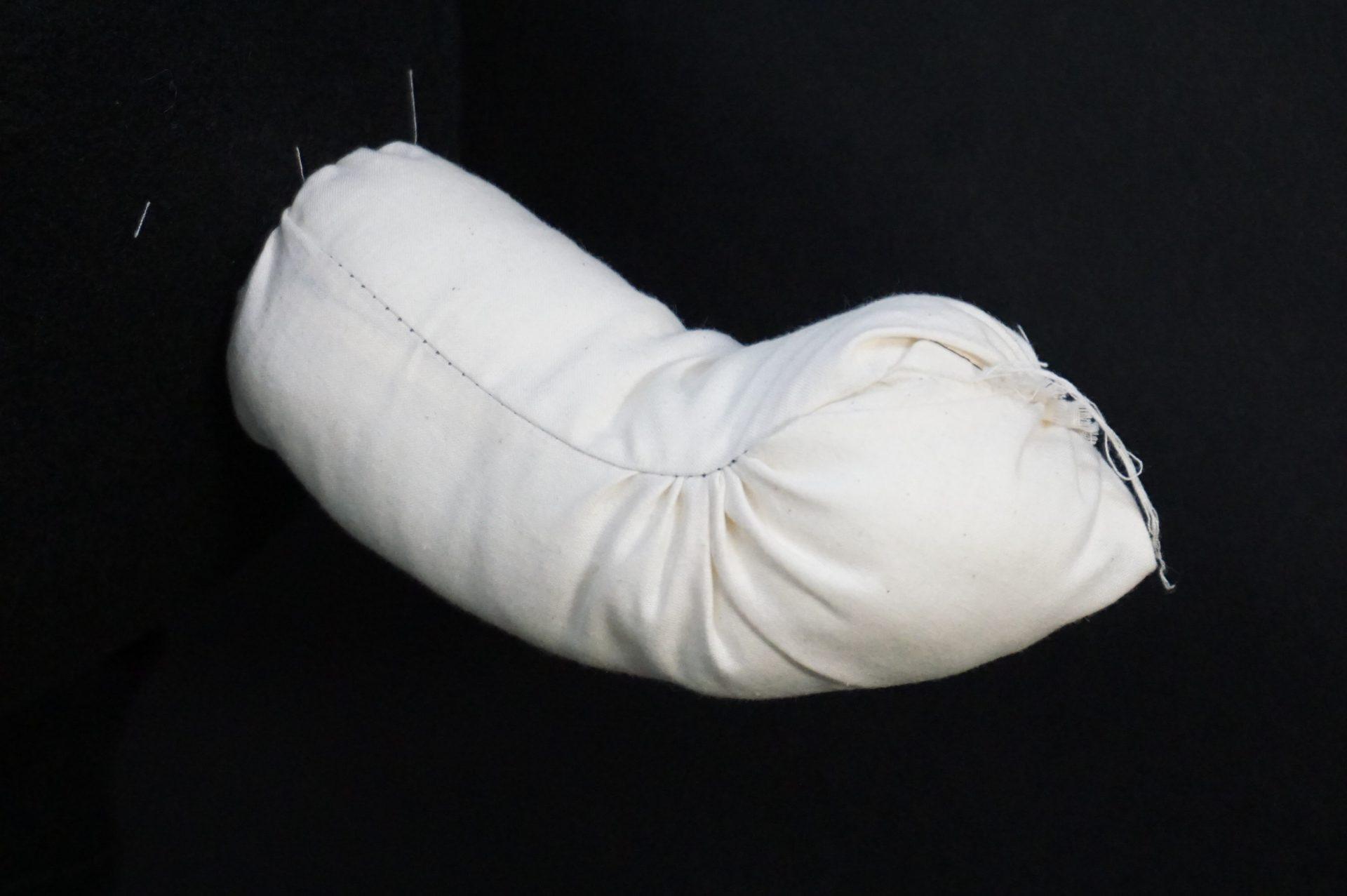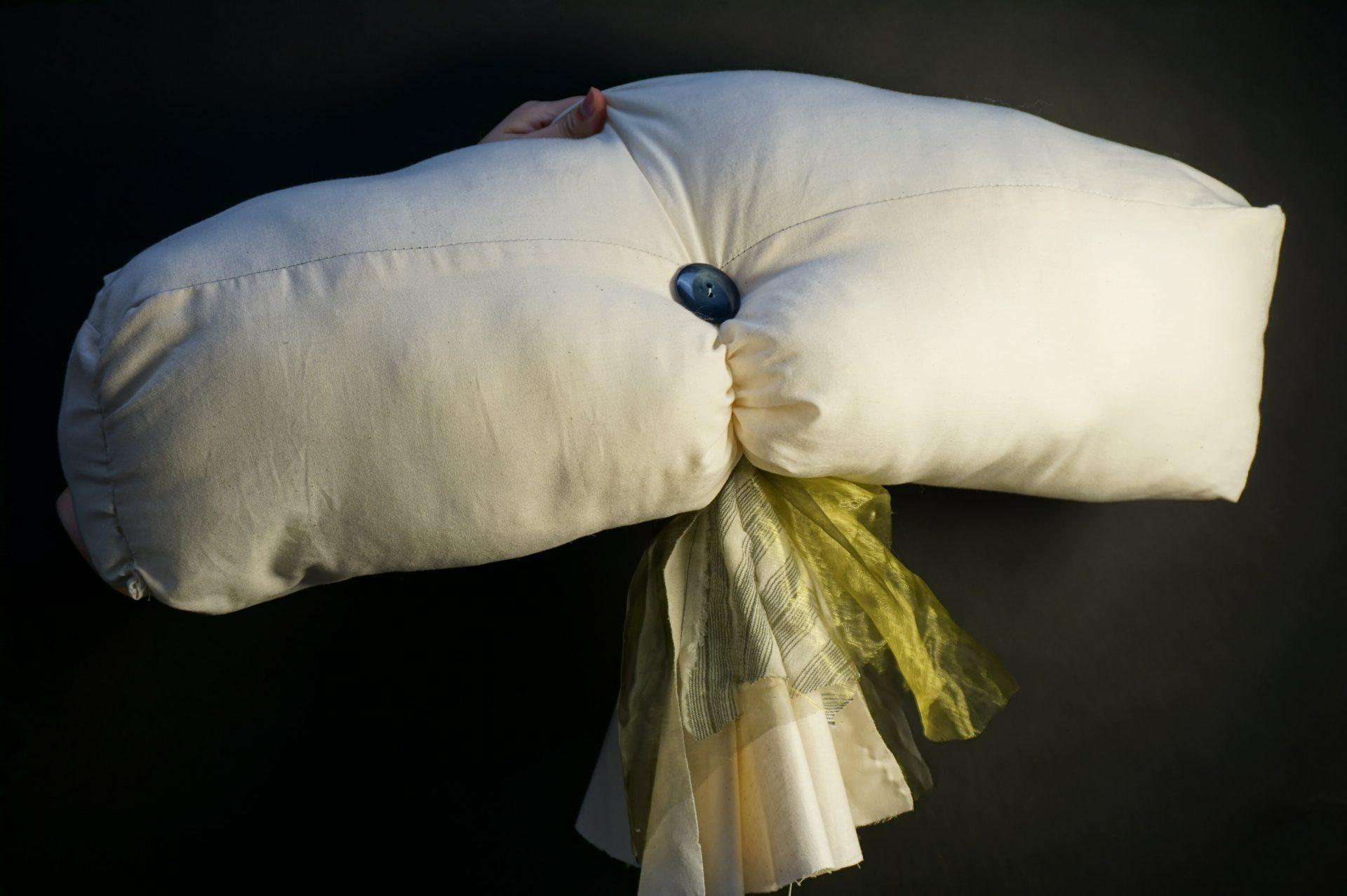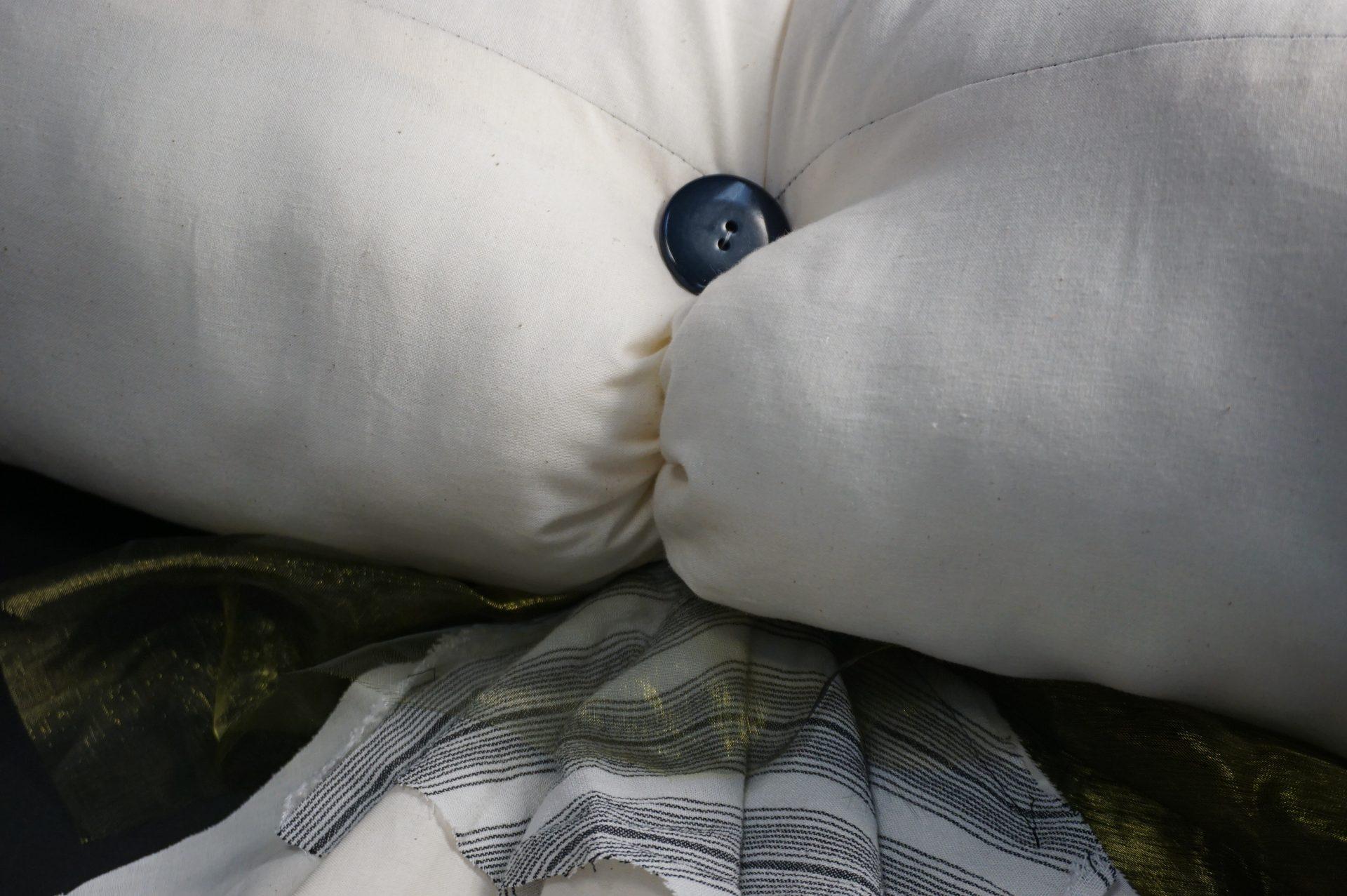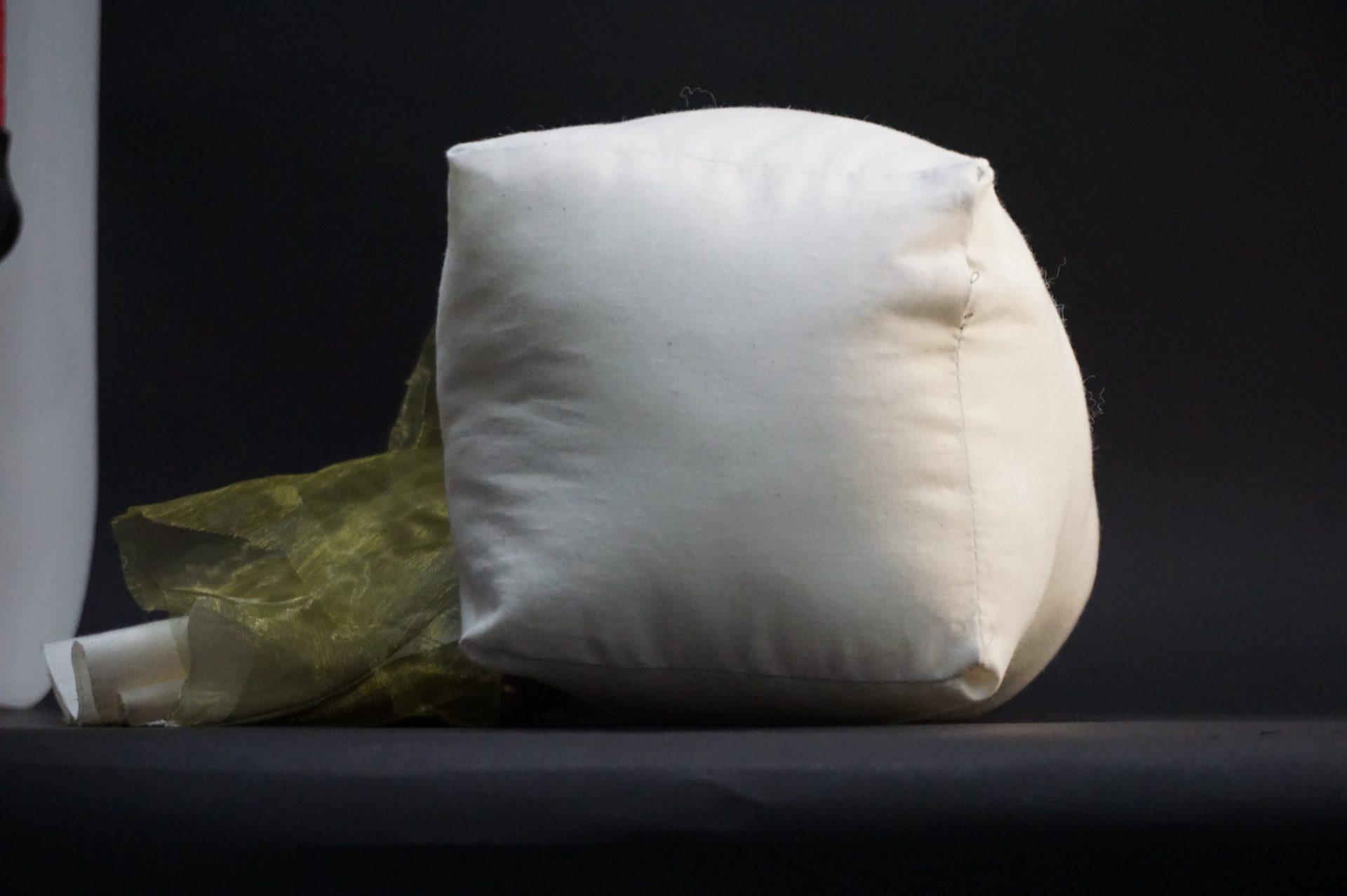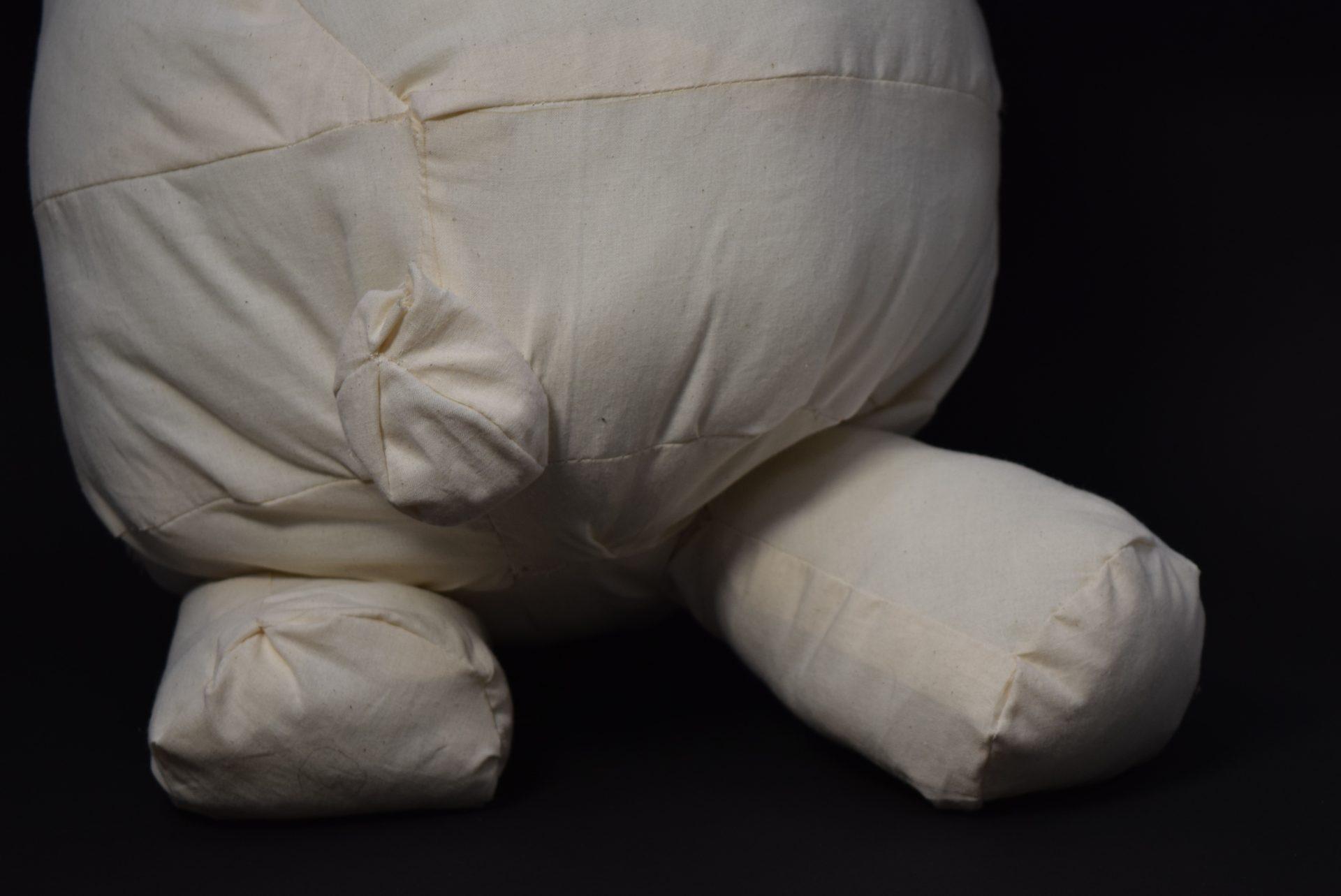1. Clouds
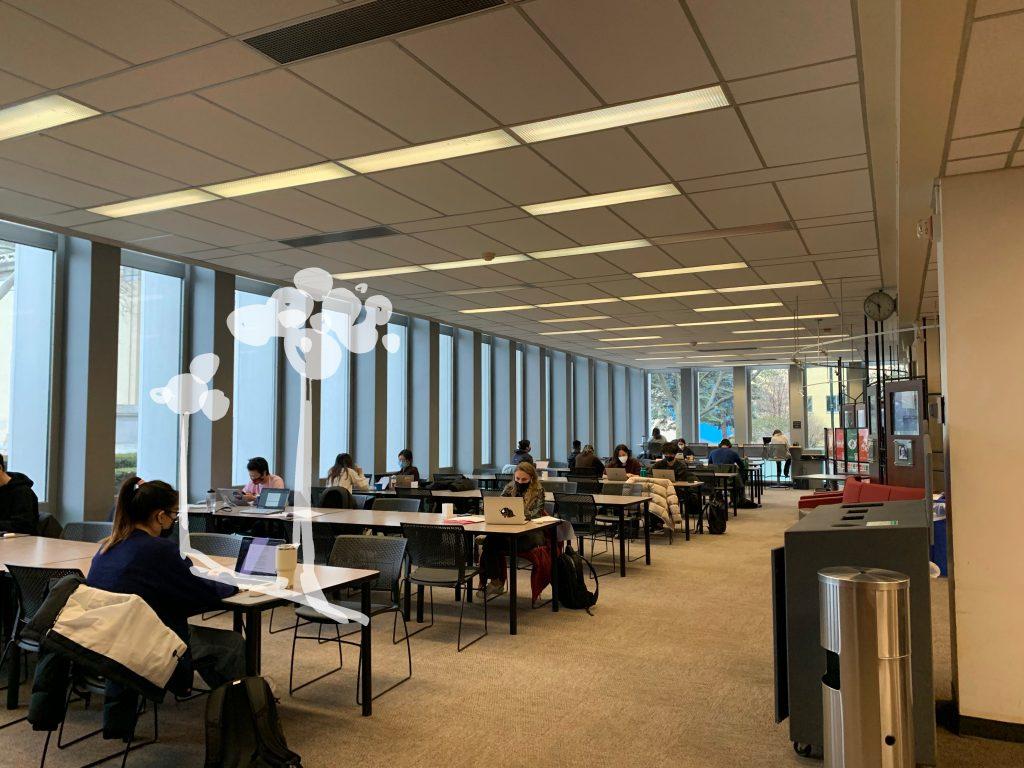
We both like the idea of ‘hanging’ something and the idea of having natural light interact with our objects. So, we are thinking of making a cloud shape inflatable and having it floating by the window on the first floor of Hunt library. Since a tube has to be attached to blow air into the inflatable, we are also thinking of making that tube into a chimney. So the whole object would look like a chimney blowing clouds into the air and, ideally, the natural sunlight would shine through the cloud.
2. Doorway

This ‘doorway’ evolves from an actual door. We are thinking of how to encourage people to communicate and interact with each other more. A door represents the unfamiliarity between people and when you open the door and walk across the door, we get to know each other better. When designing this shape, we consider that a more abstract shape of a door might be more interesting and artistic. So we simplify the shape into a dome with wires or strings attached to it to create some tension.
3. Teddy Bear

This object is a combination of our push/pull 1. We combine the pear shape and the bear shape together to build a large, teardrop-like bear. This is actually our favorite idea! Imagine having a large, soft teddy bear appear in the library and students get to hug it while tired. And teddy bears used to be our childhood toy. As we grow older, the bear changes its shape. However, it is still there and serves its purpose of comforting us. We now have two thoughts. One is to make it into a tear-drop shape and the other is a square shape. Both shapes are variants from the original teddy bear.
There is also the option of making a “generic”, very recognizable teddy bear shape. We want to play with the idea of bringing this extremely nostalgic, reminiscent object into the library space. We thought it would be interesting to play with the idea of the line between childhood and adulthood. A childhood toy in a space where students are just crossing those boundaries from childhood into adulthood; perhaps the teddy bear would invoke feelings of relief, comfort, nostalgia, but also perhaps discomfort, melancholy, yearning.
Rough 3D Models of Possible Forms:

